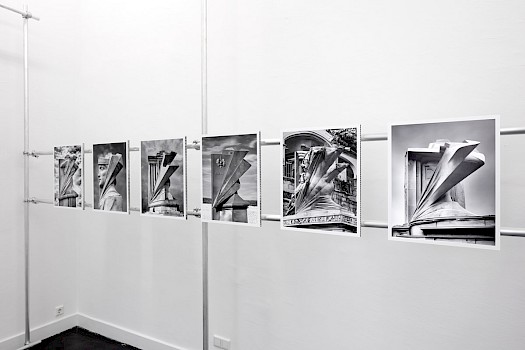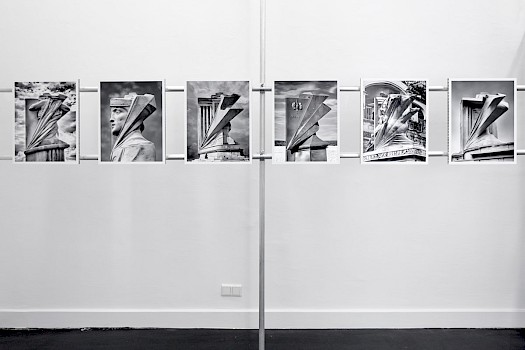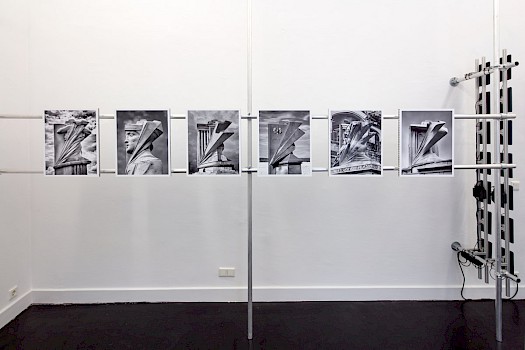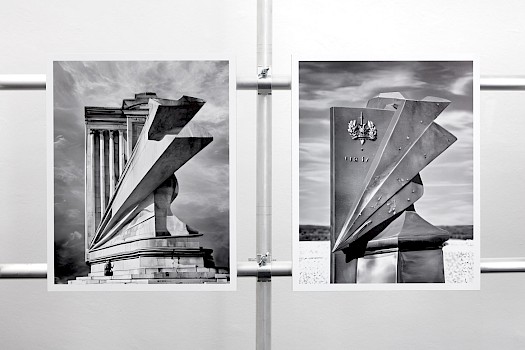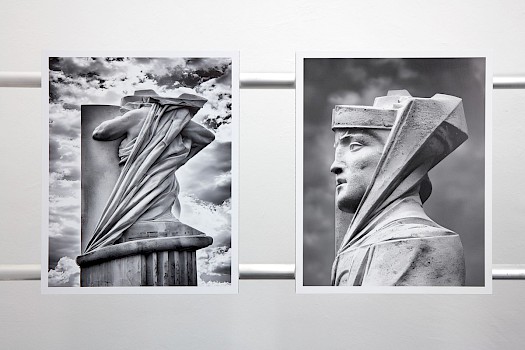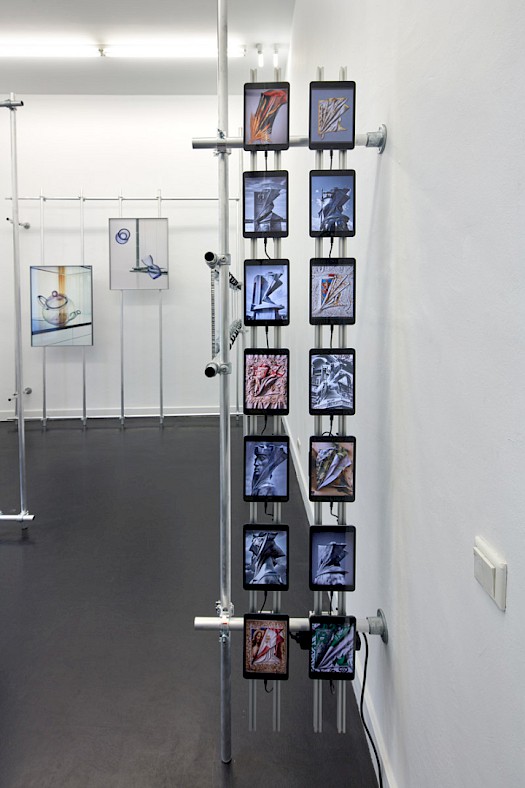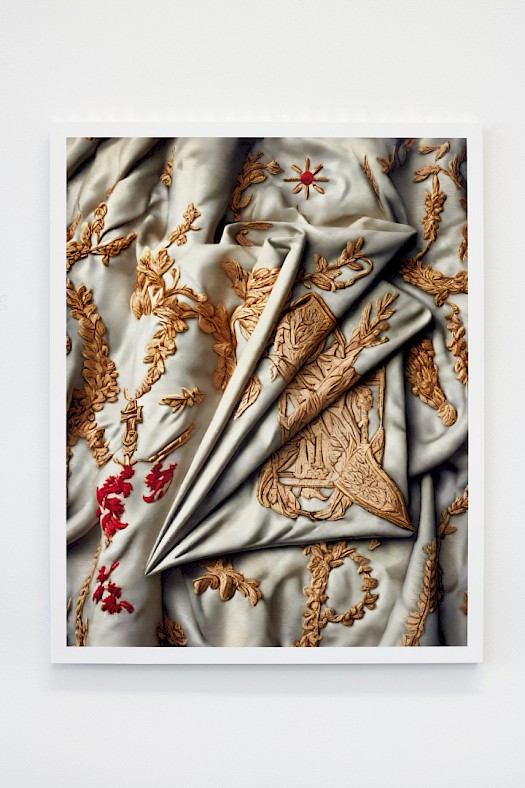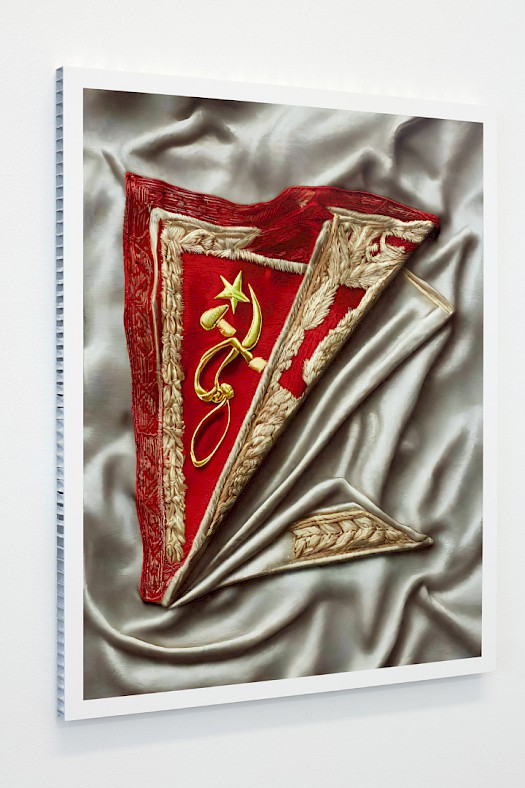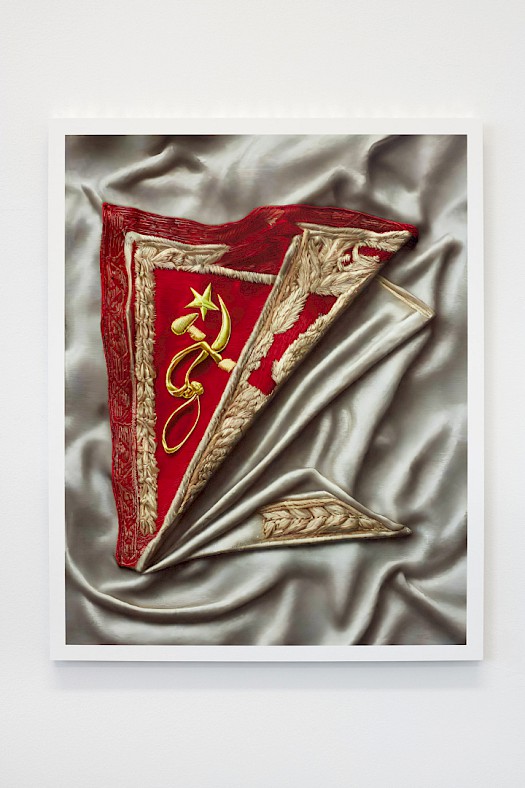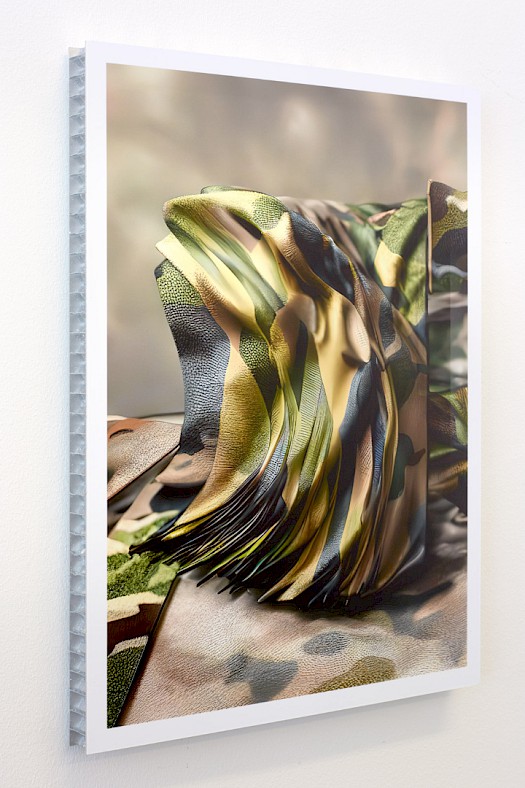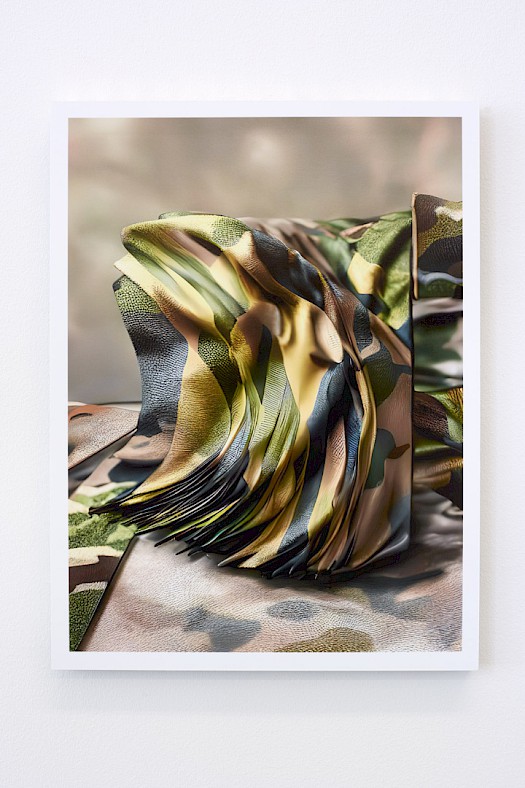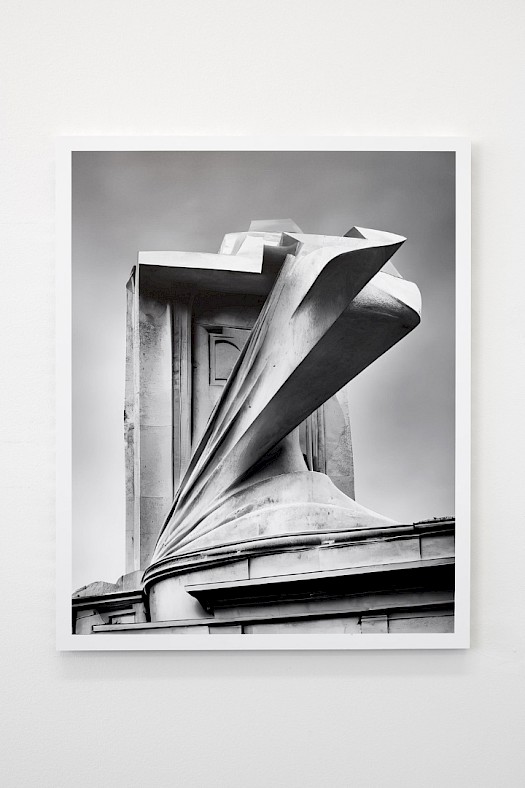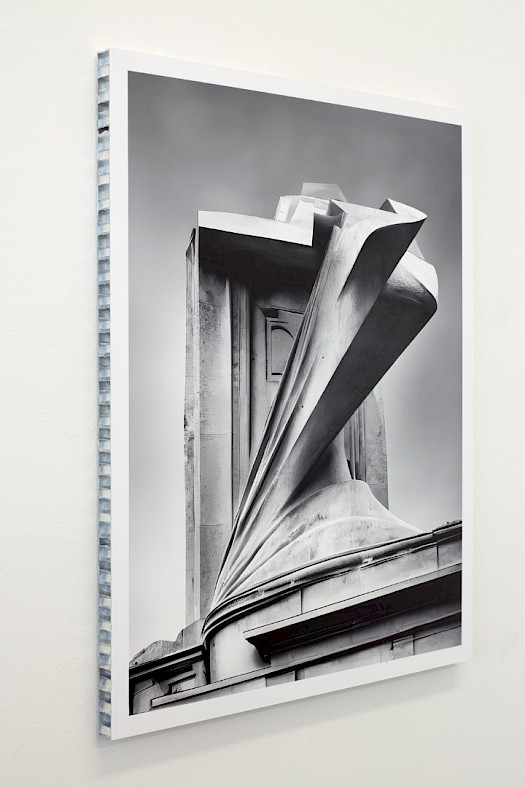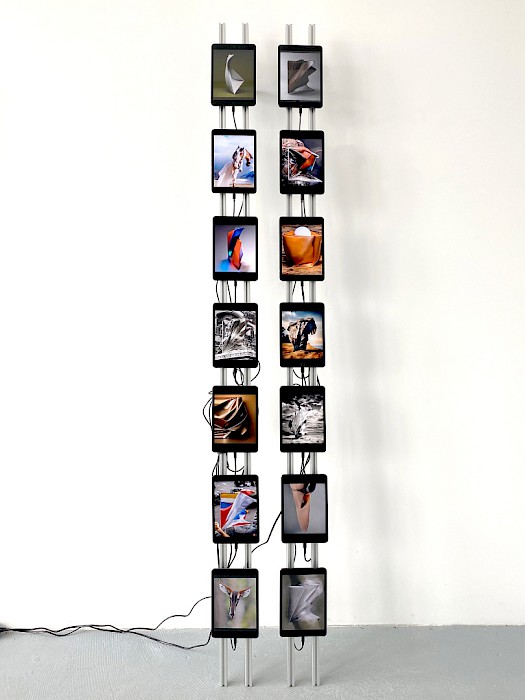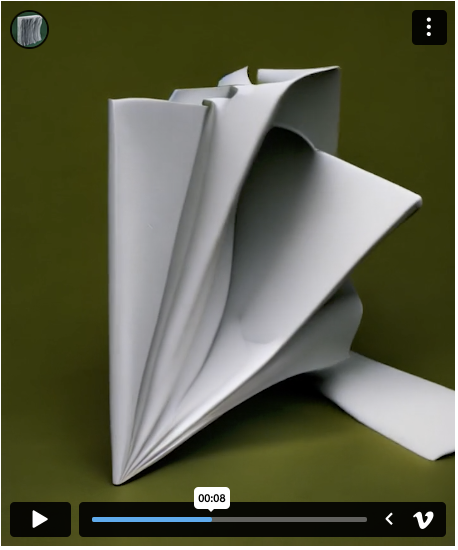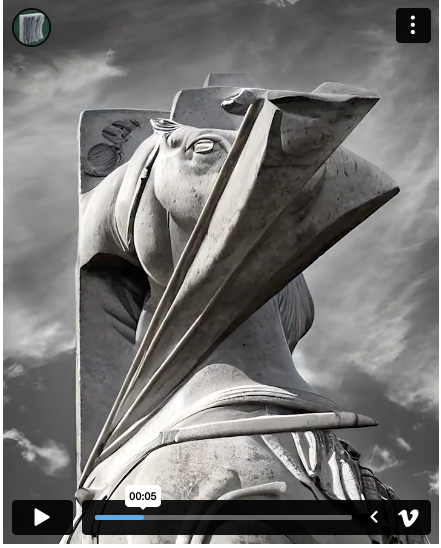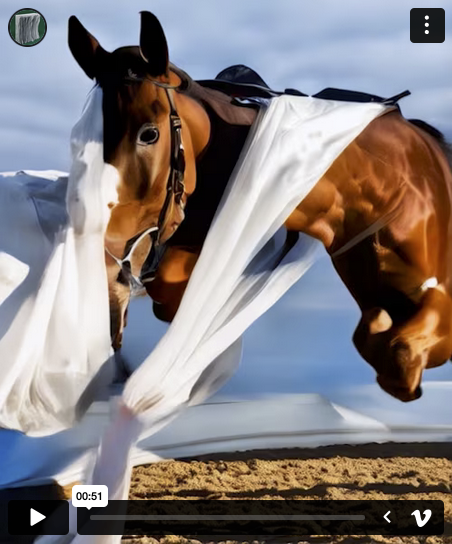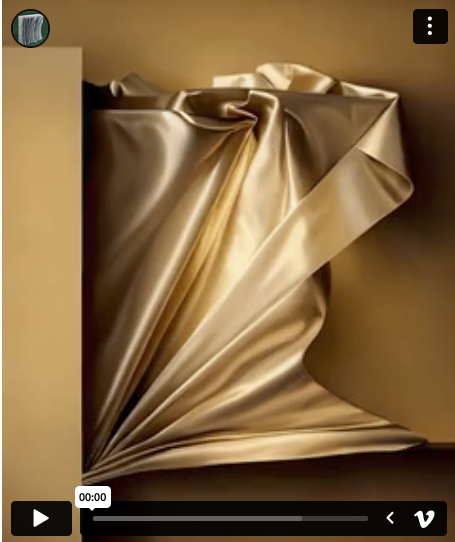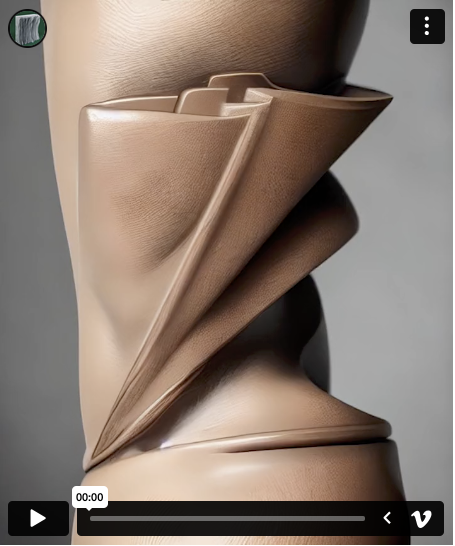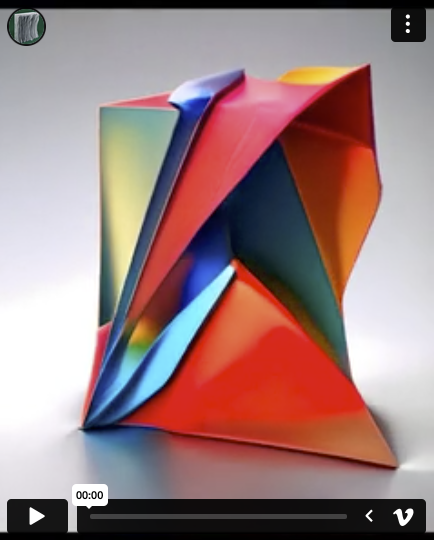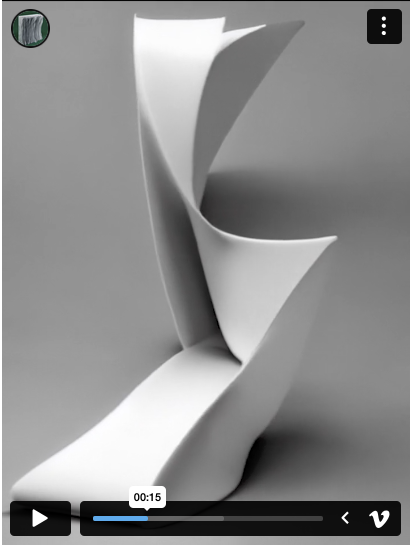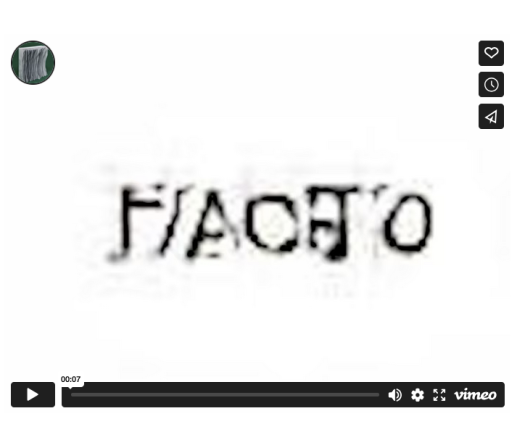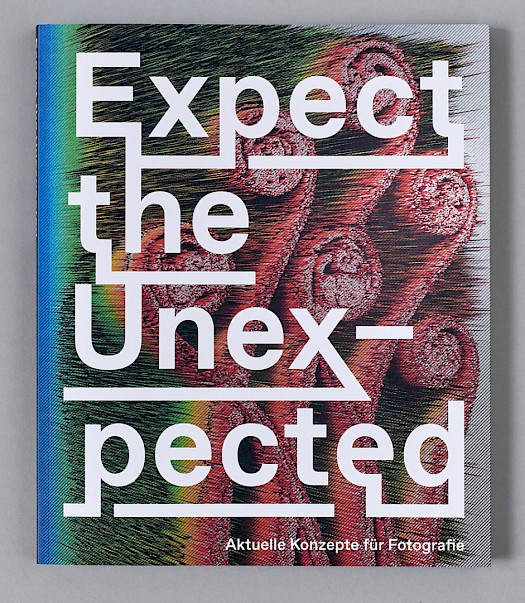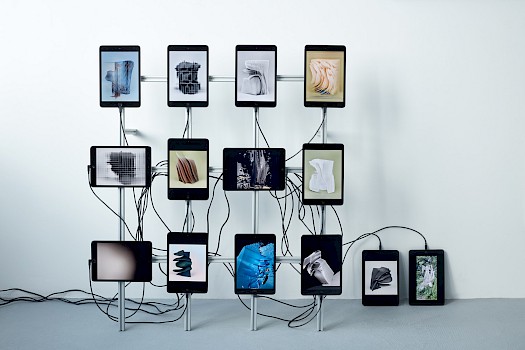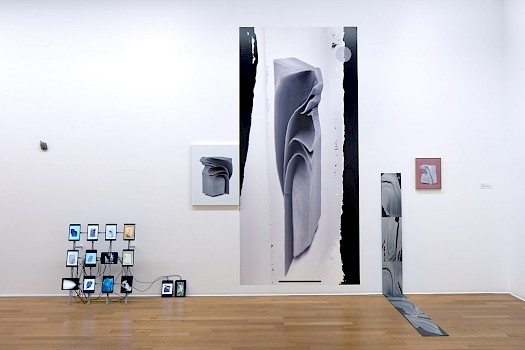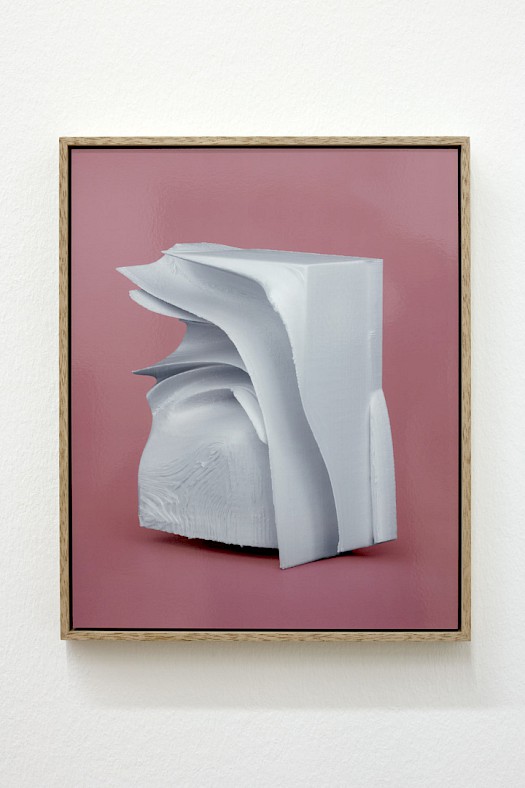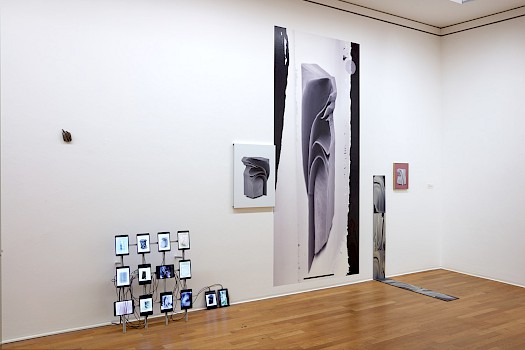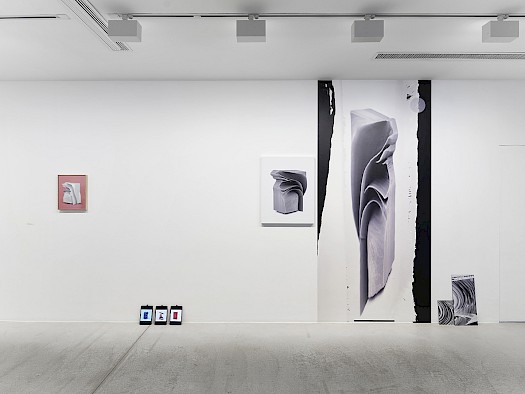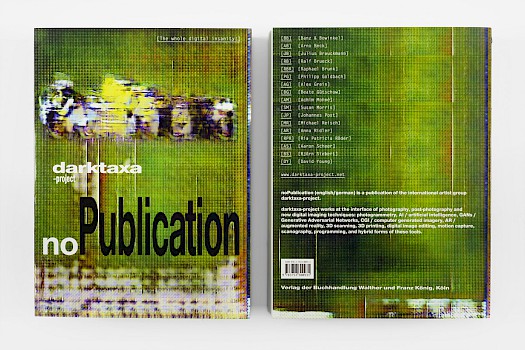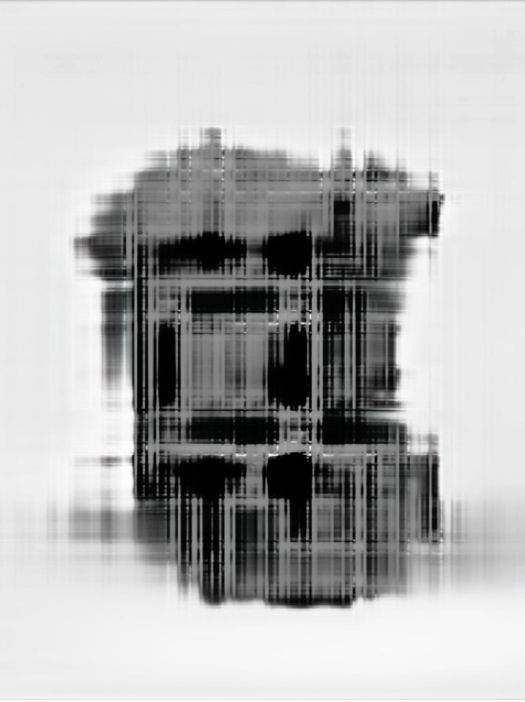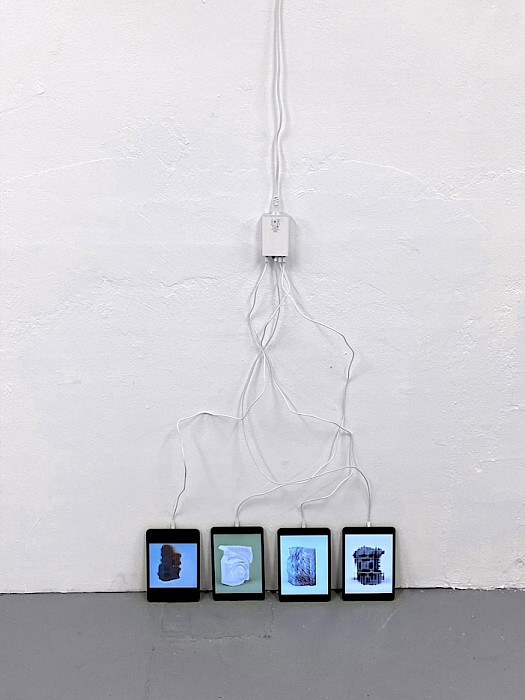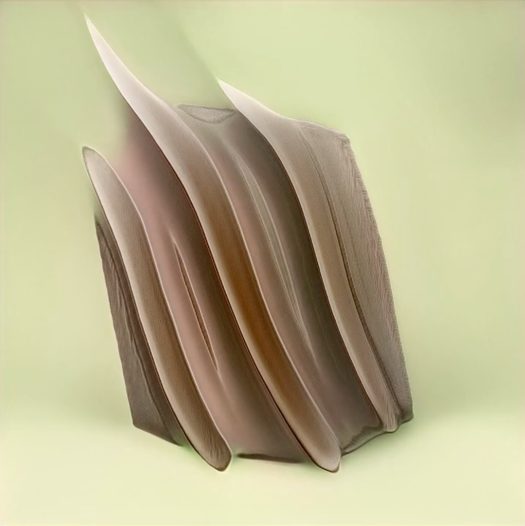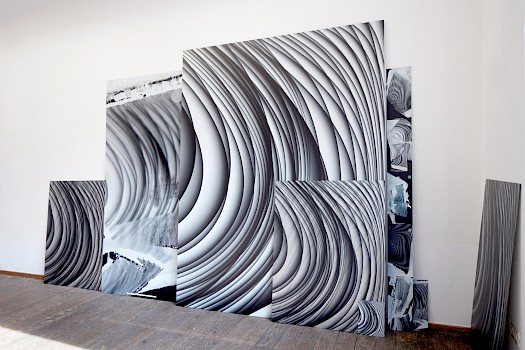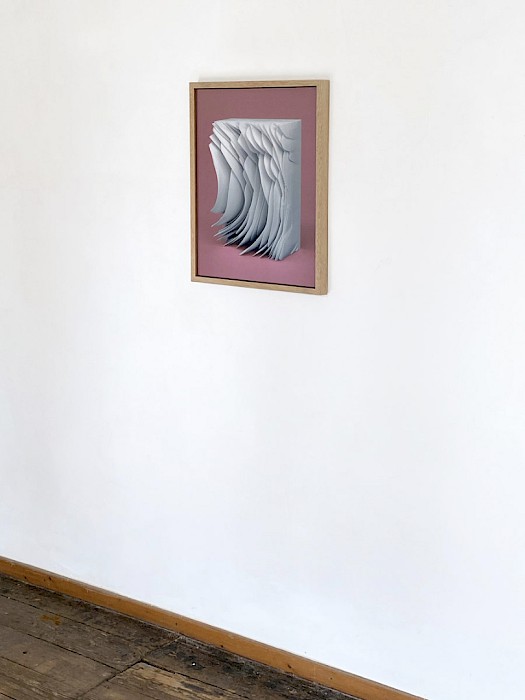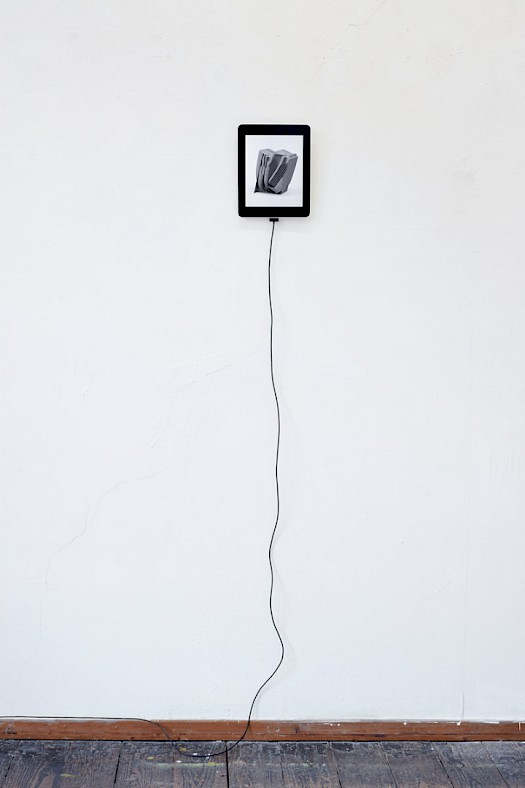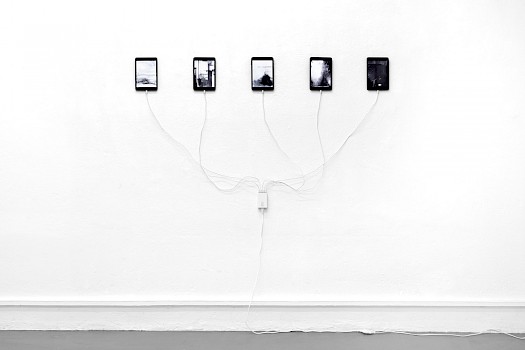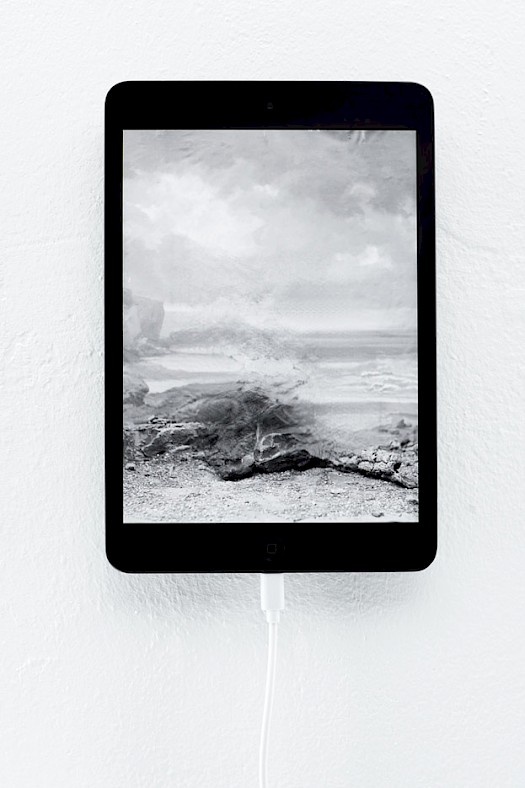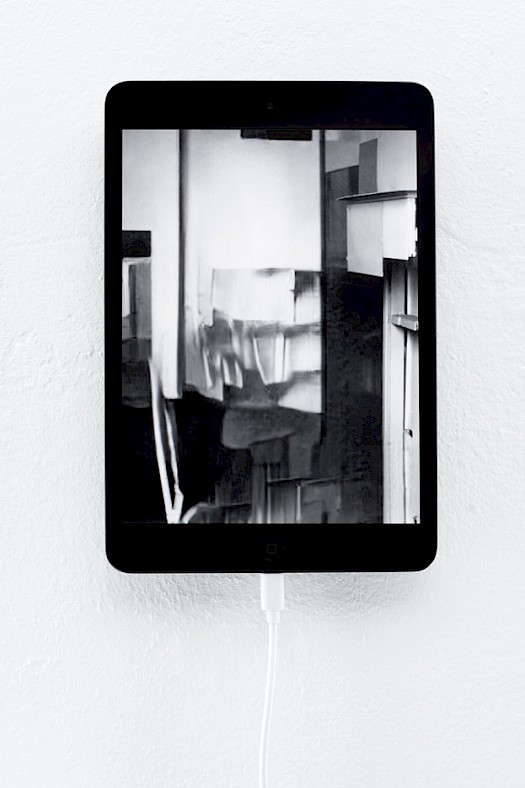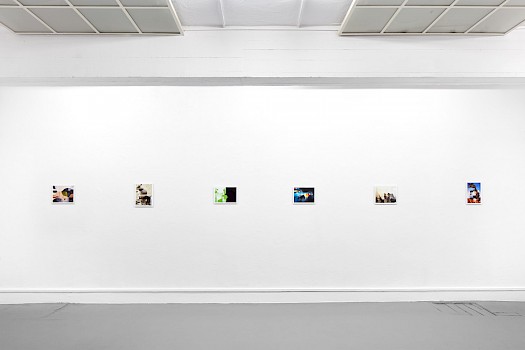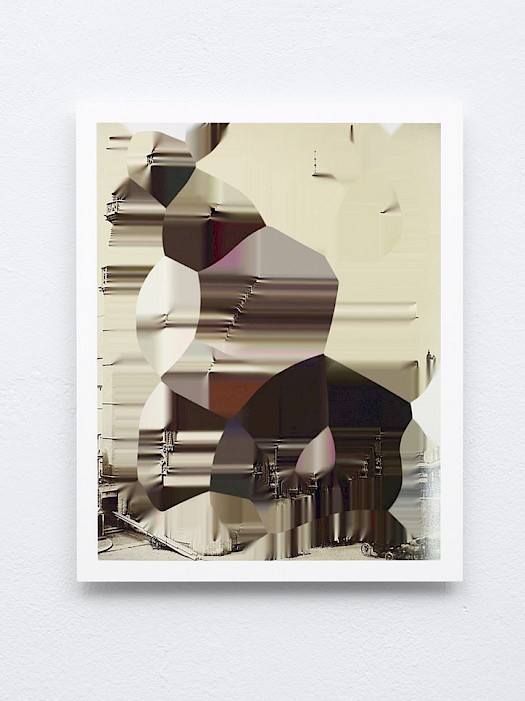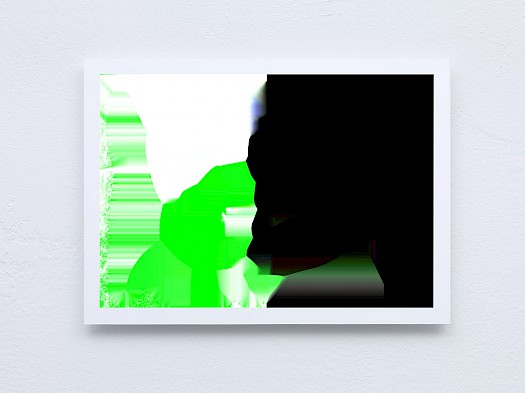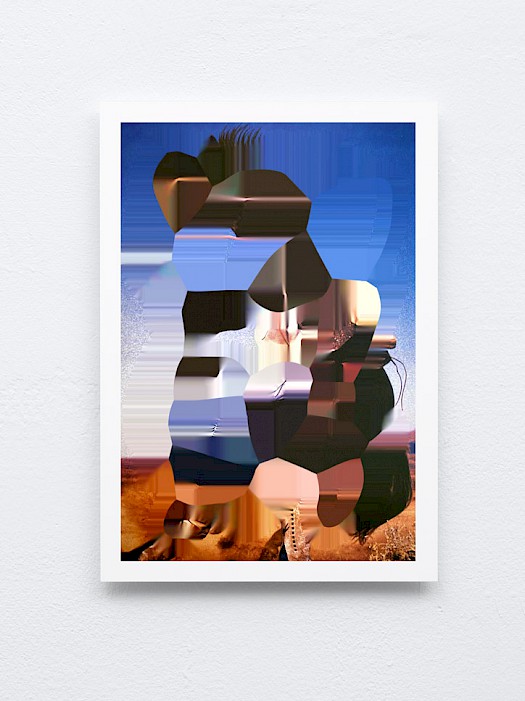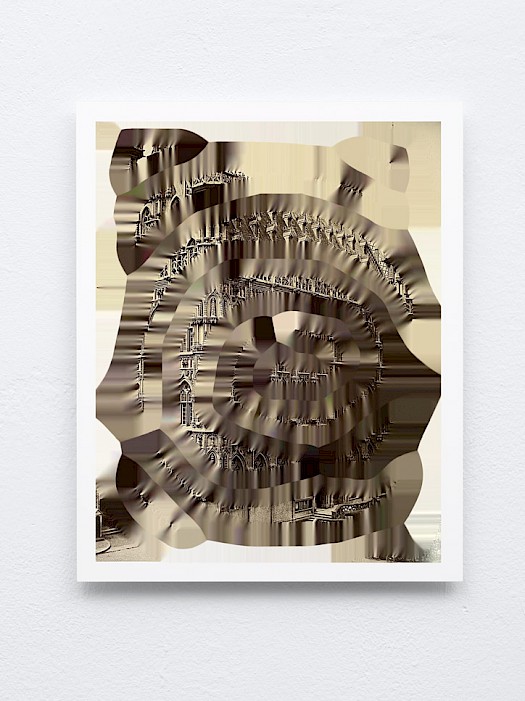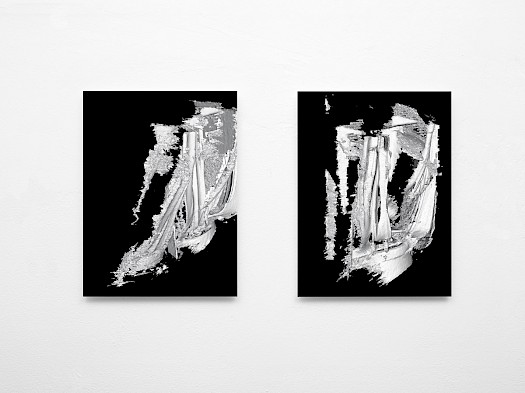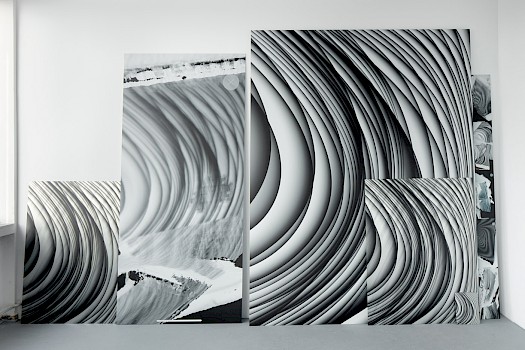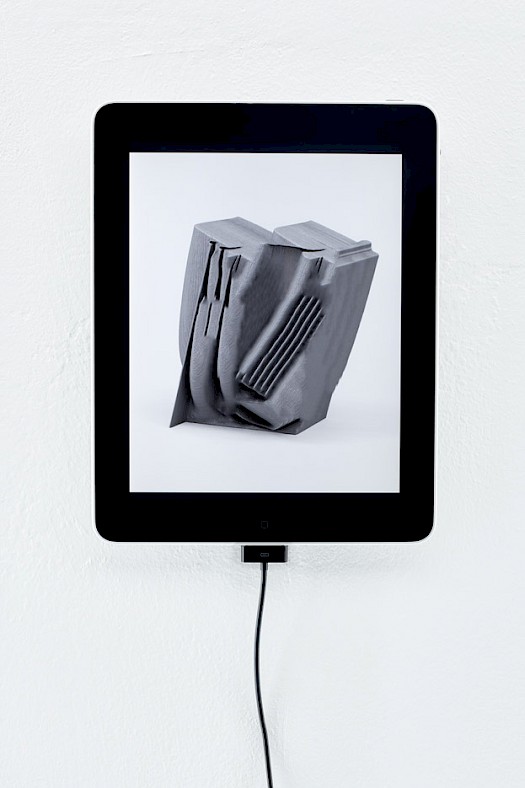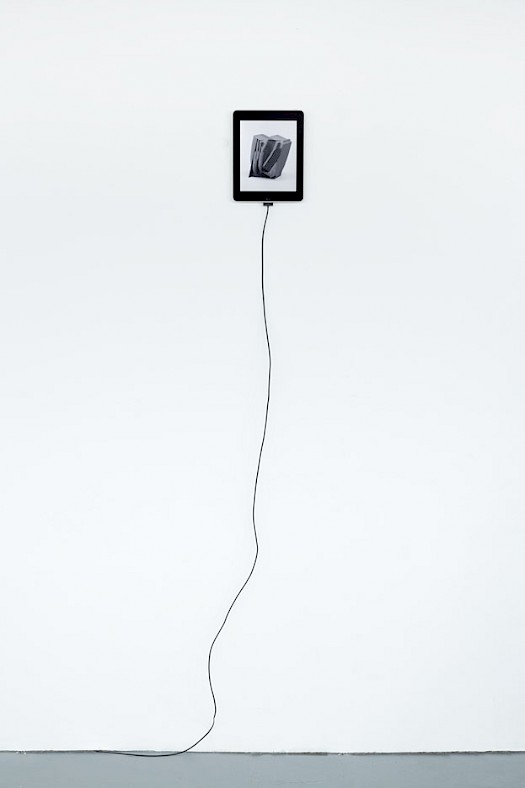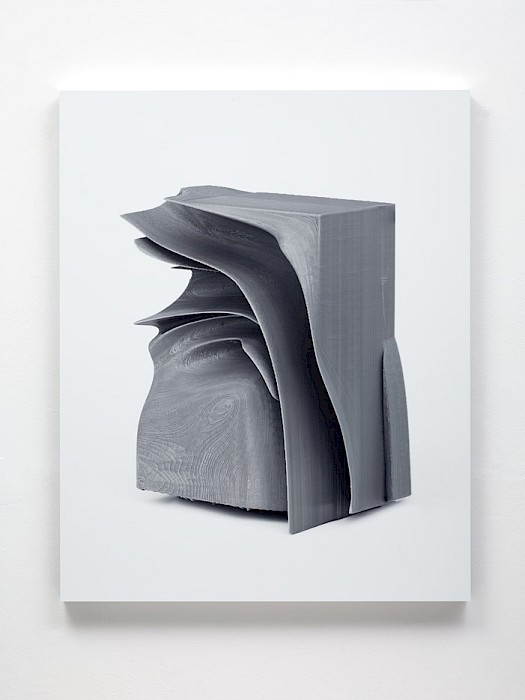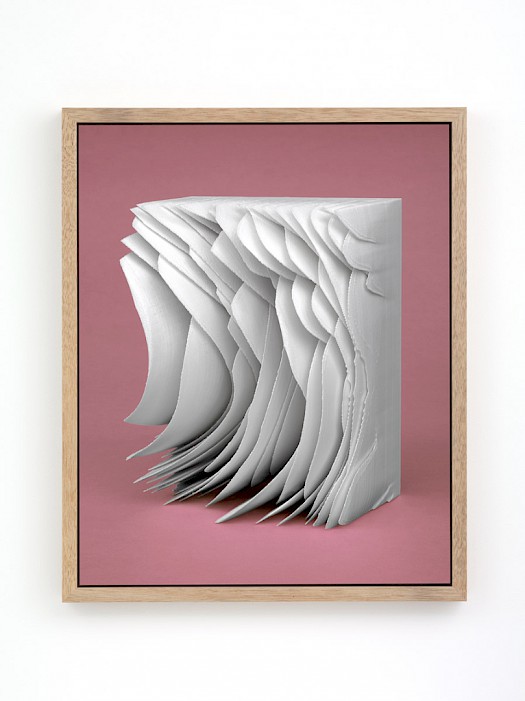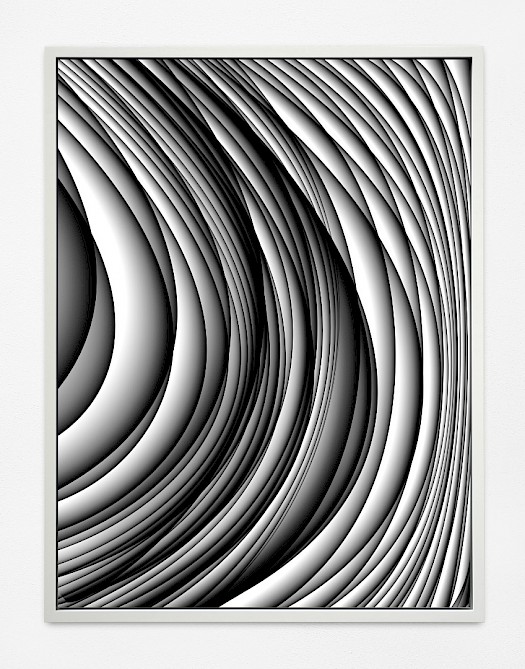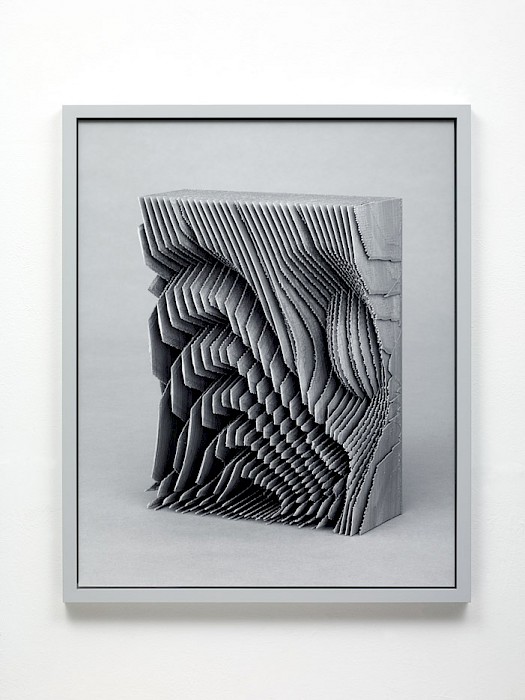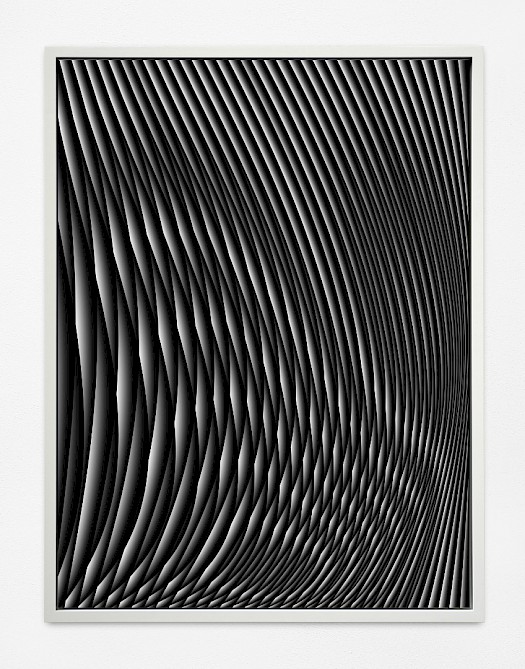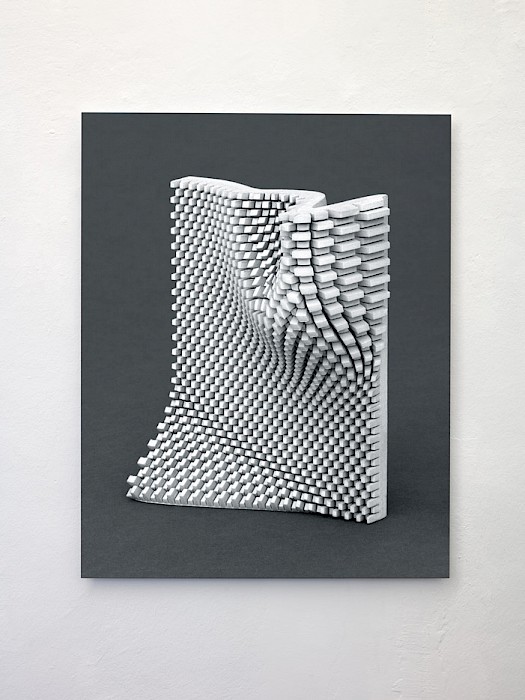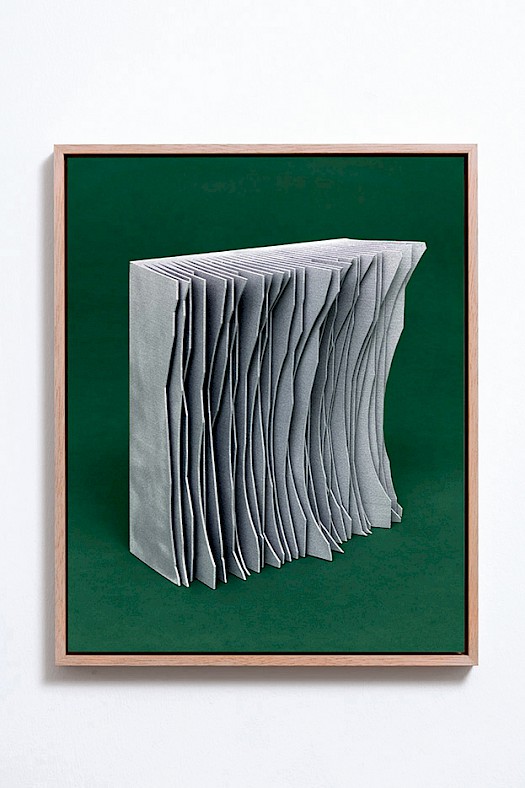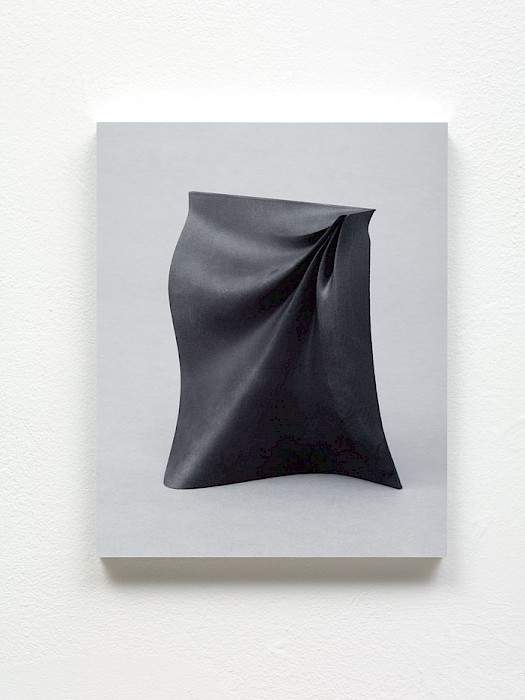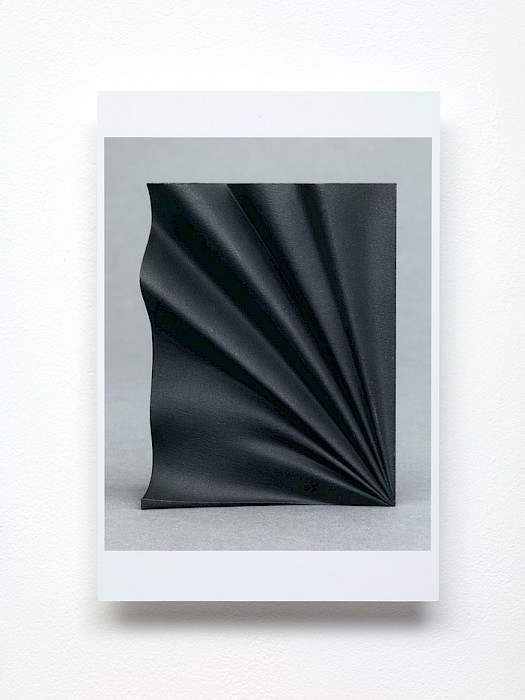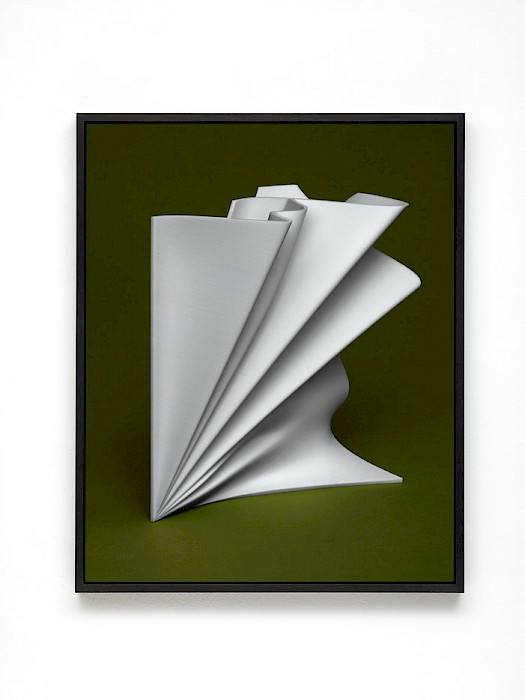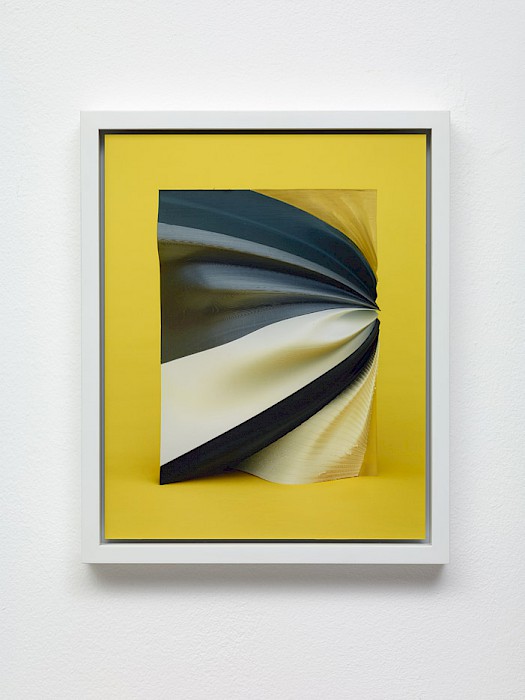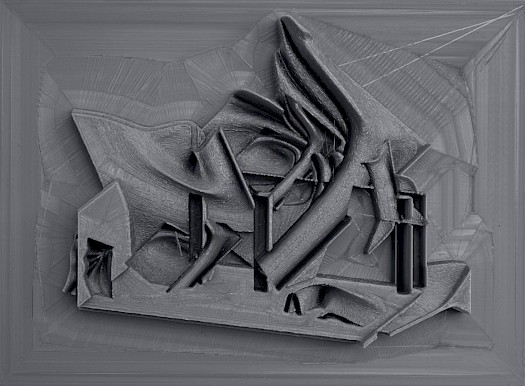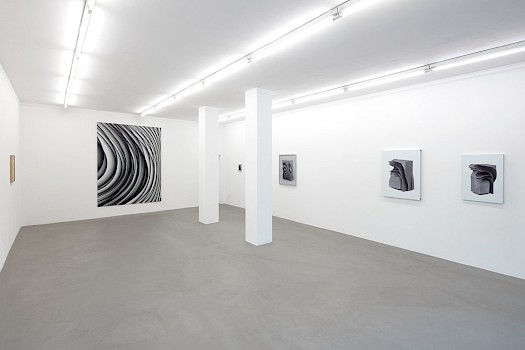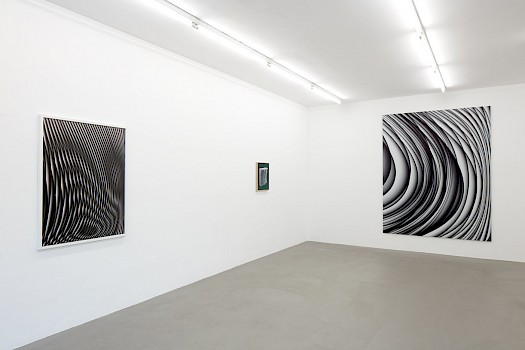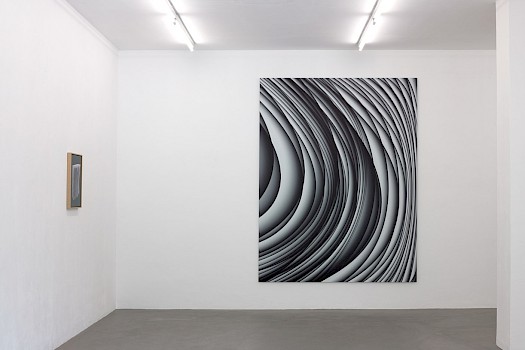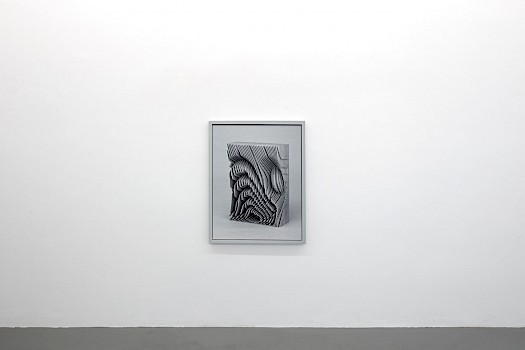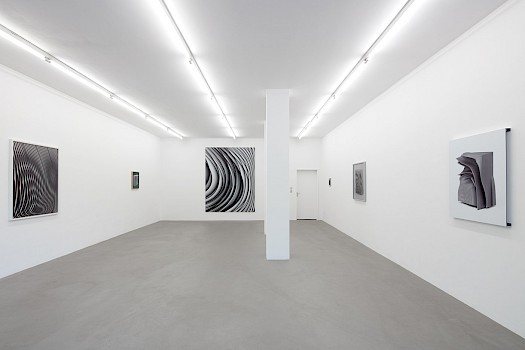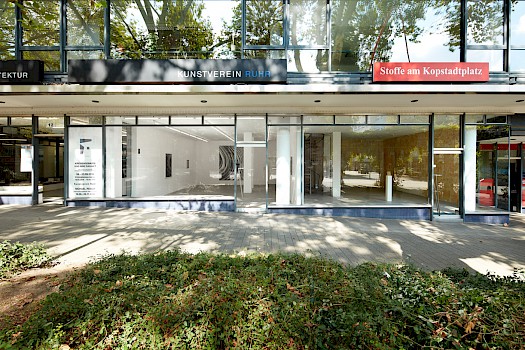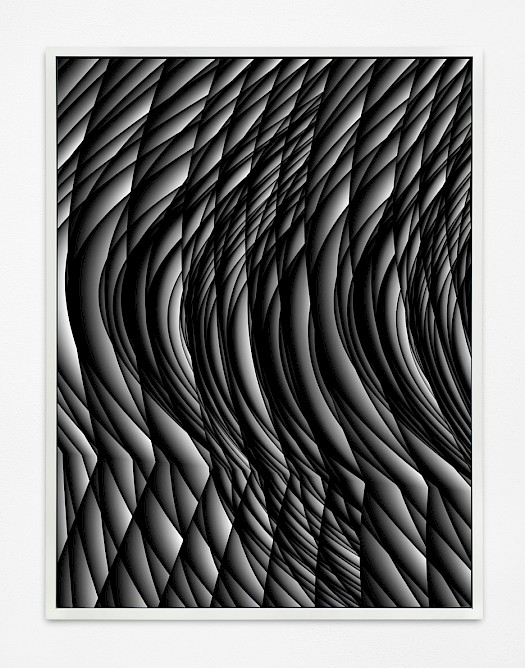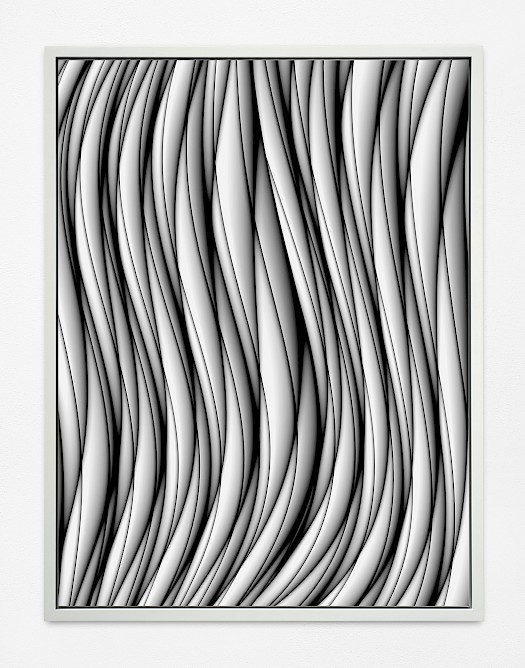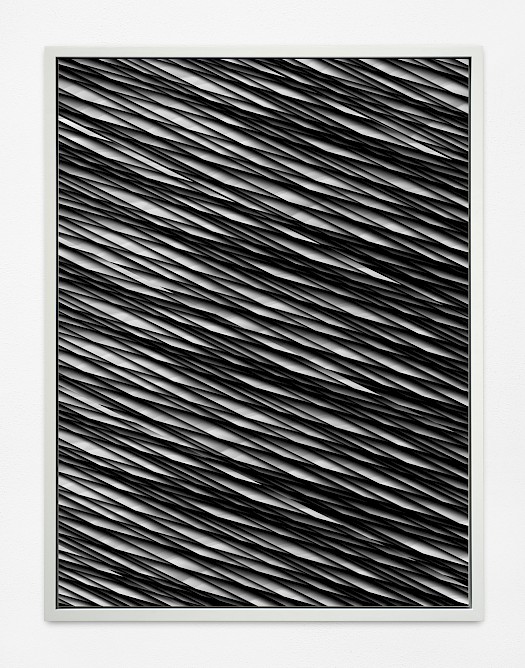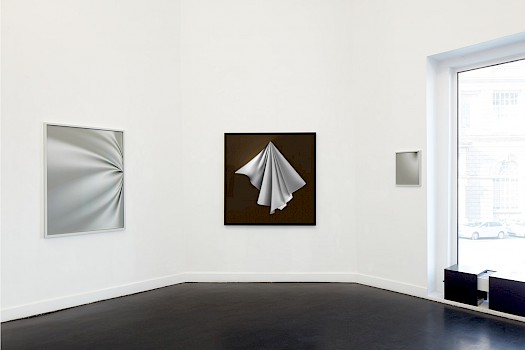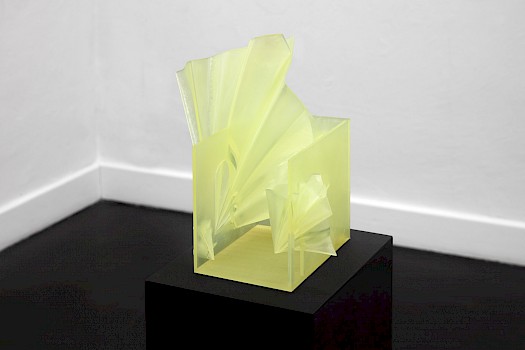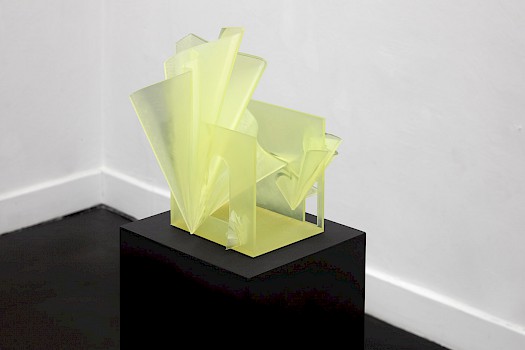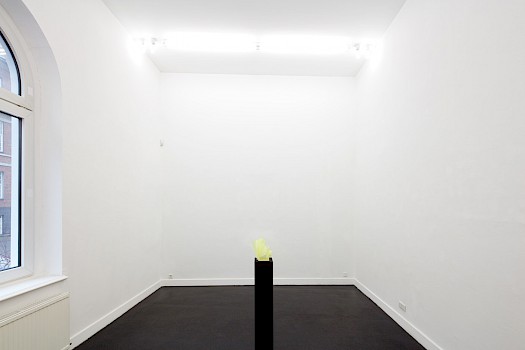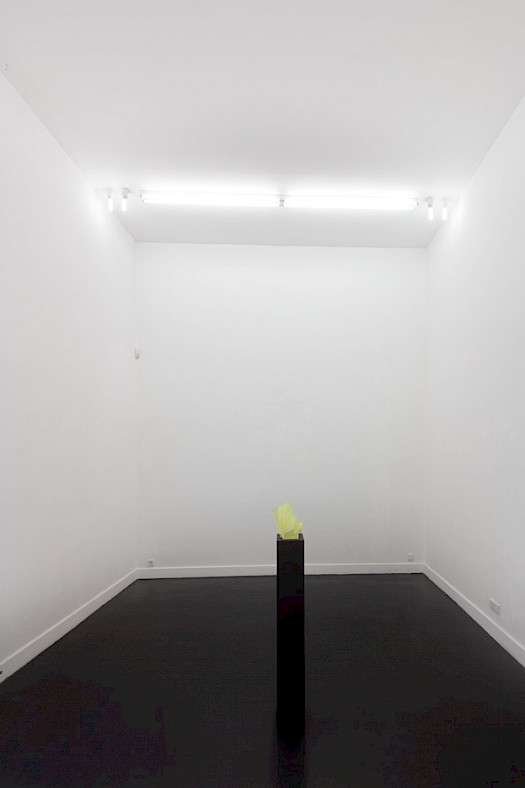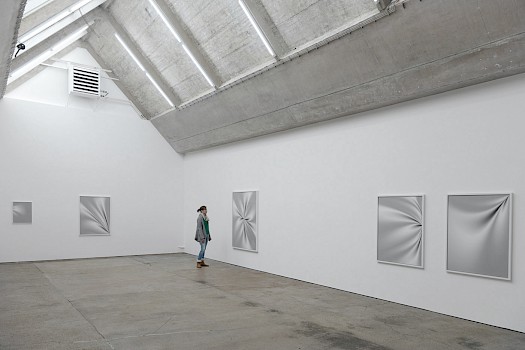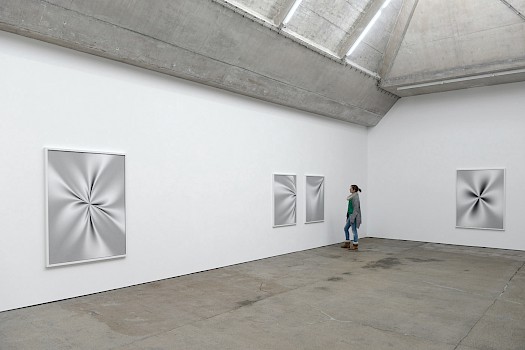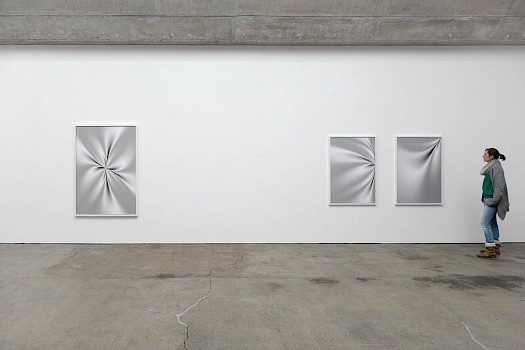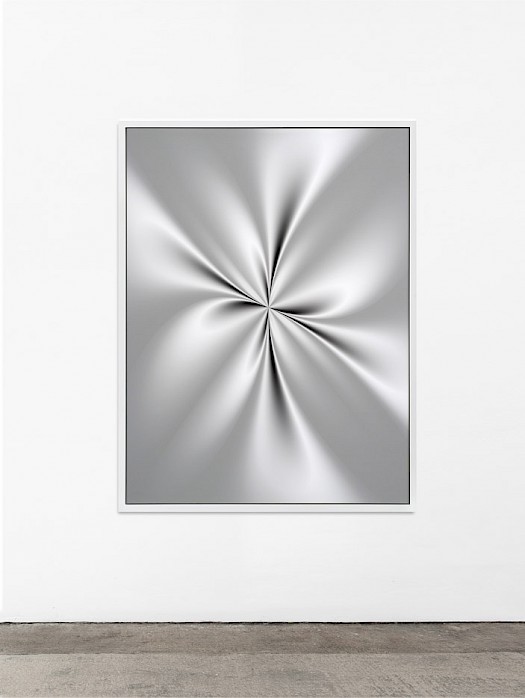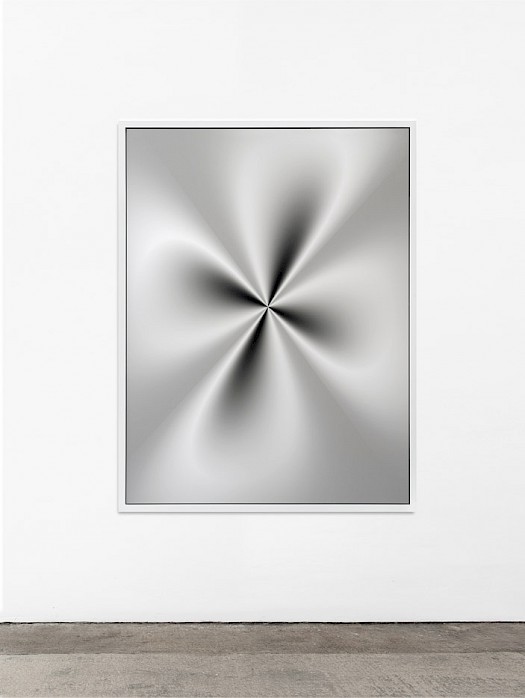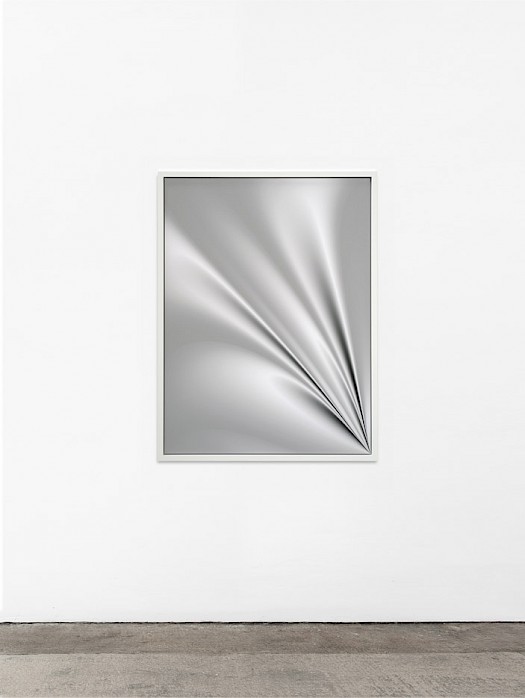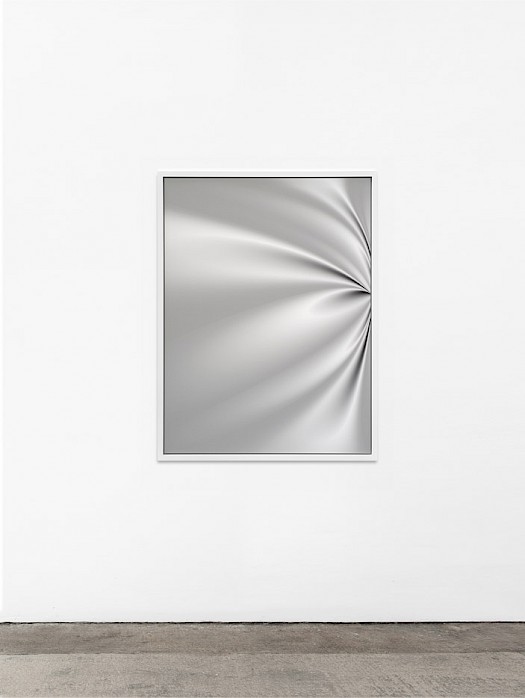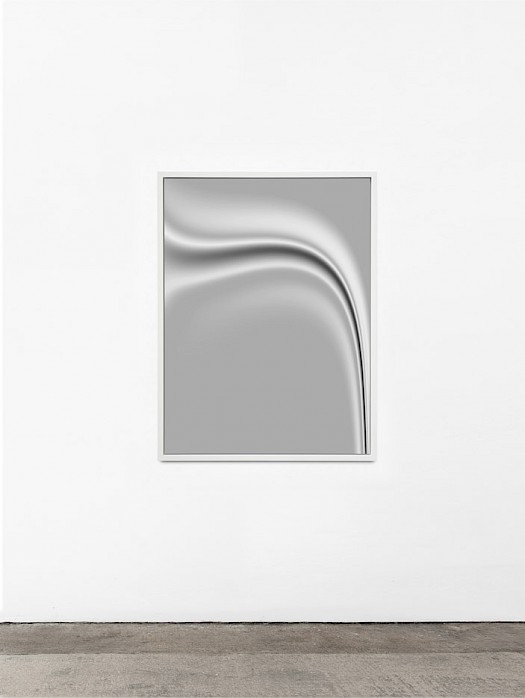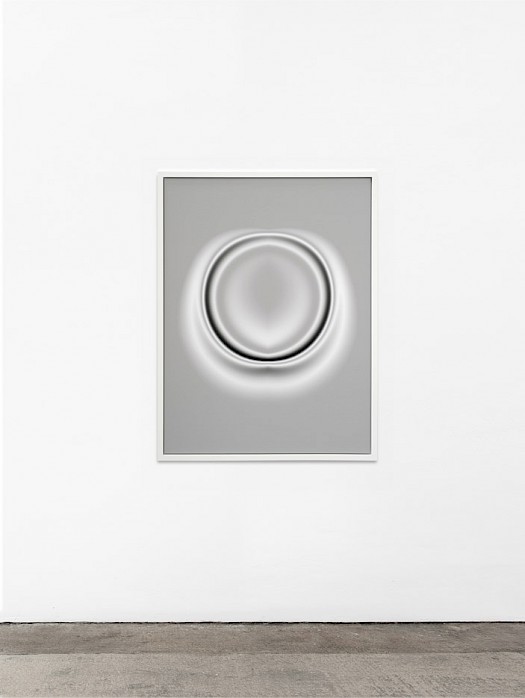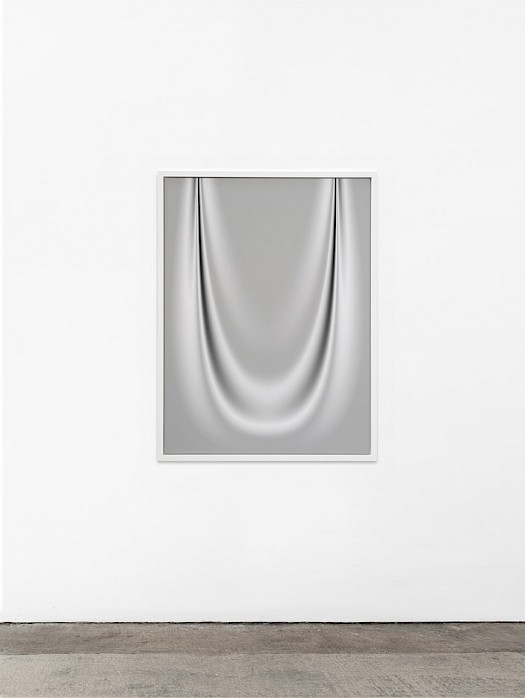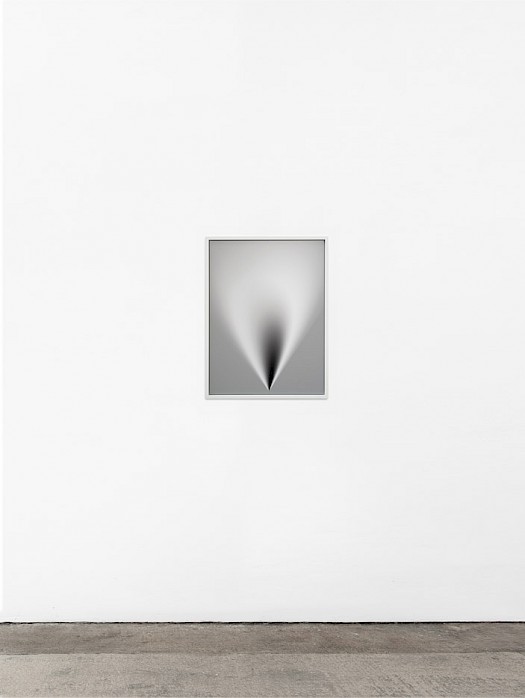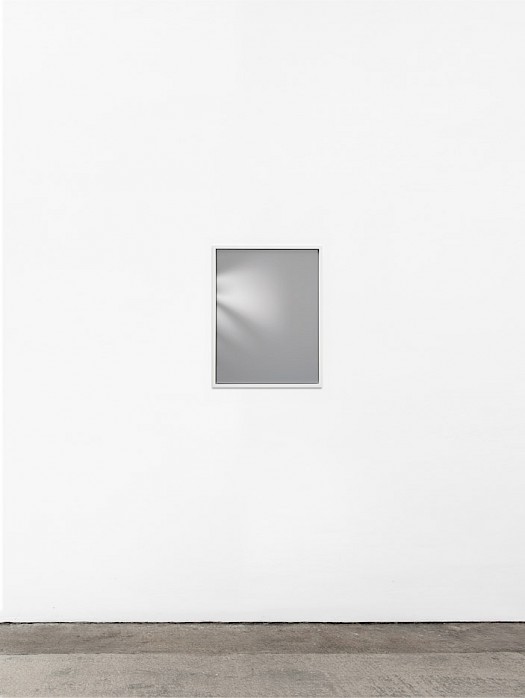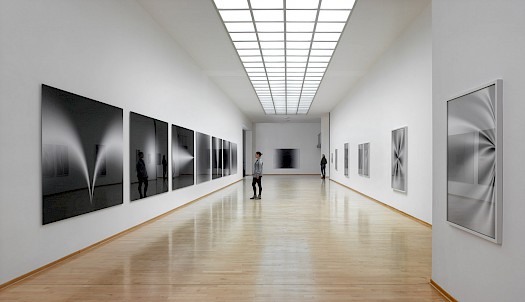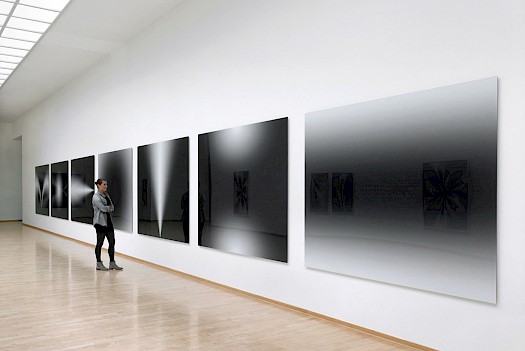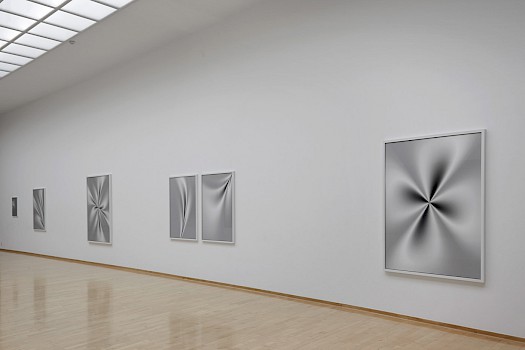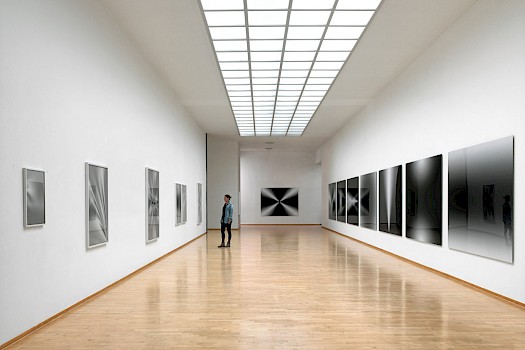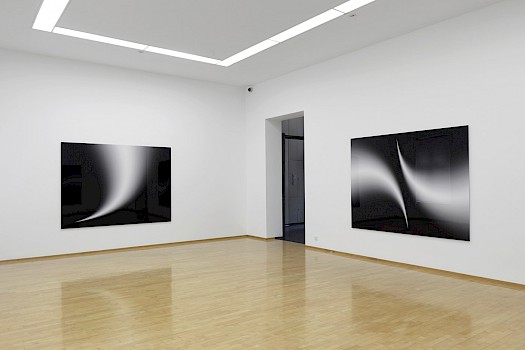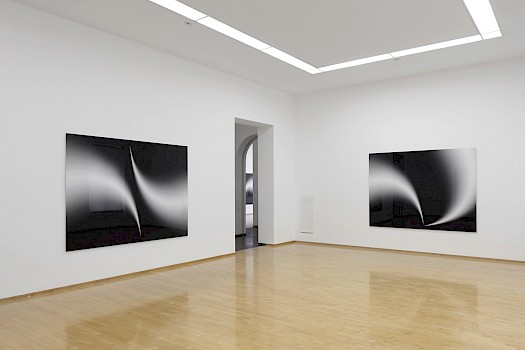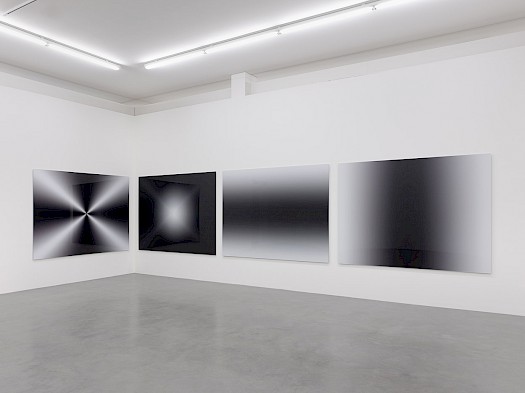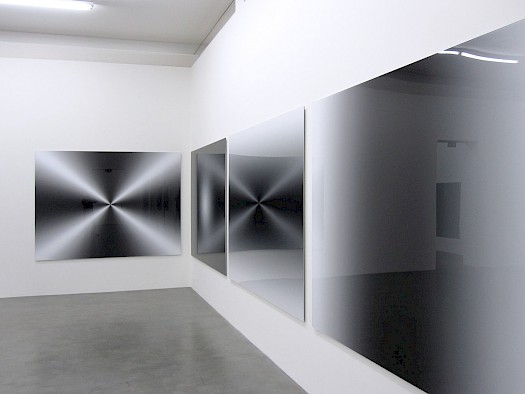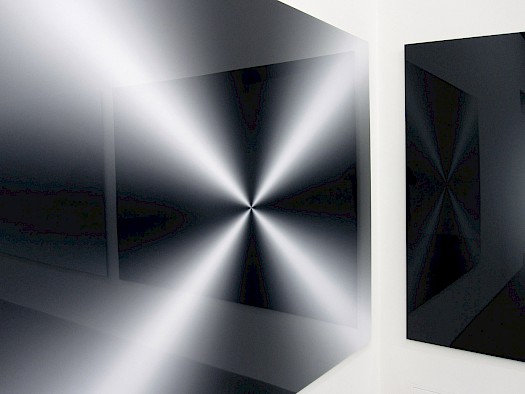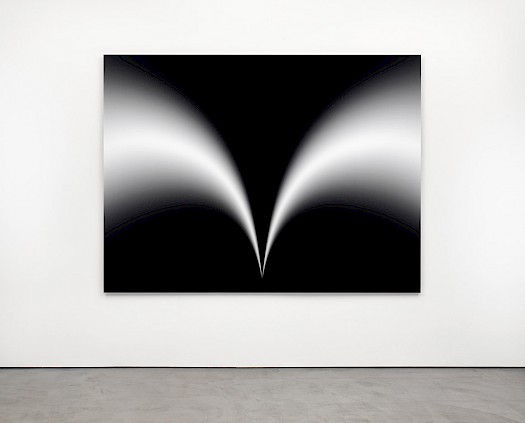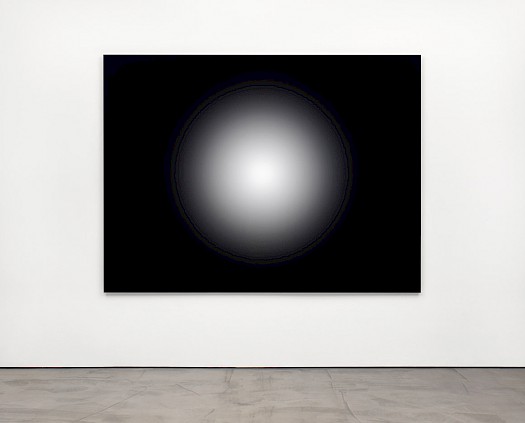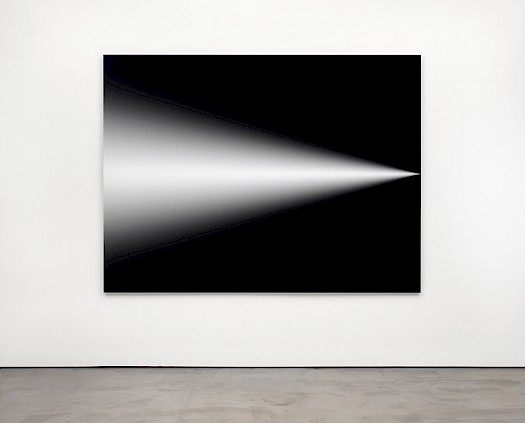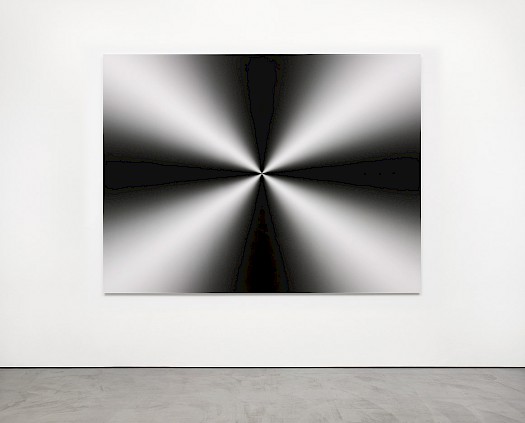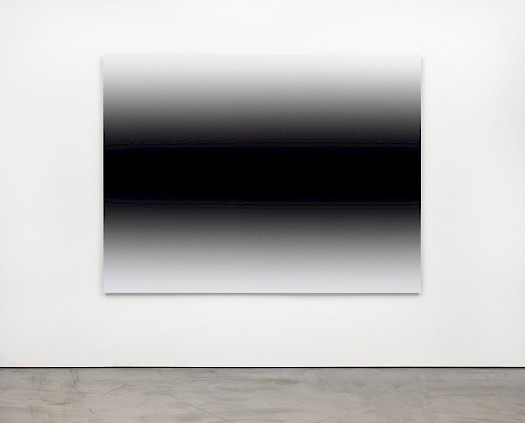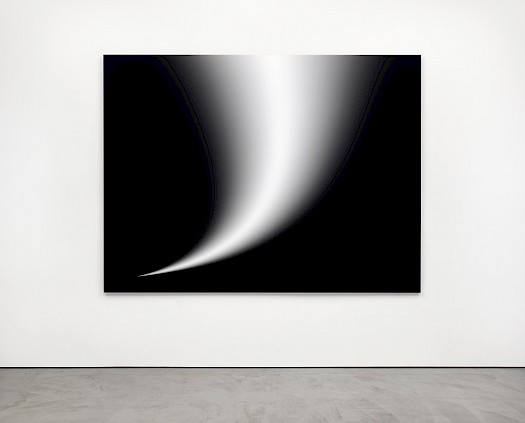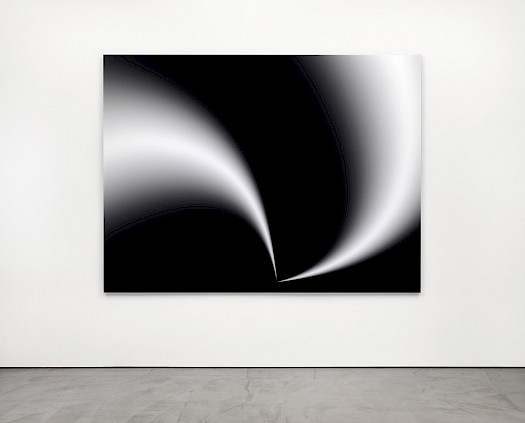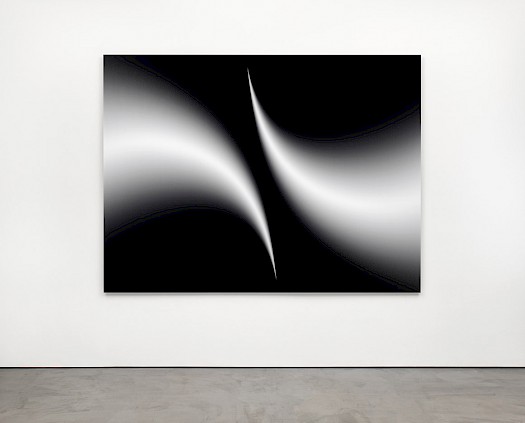Artist Statement Michael Reisch, engl. + dt.
Since 1990, my artistic work has focused on the medium of photography in the digital transformation. My approach is both media-reflexive and experimental, incorporating digital photography, digital image editing, and new digital tools such as 3D scanning, augmented reality, and CGI. I also utilise photography-related digital processes such as 3D printing, and more recently video, audio, and artificial intelligence. These photography-based works are created in multi-layered, generative work processes that build on each other over the years, with each new work formally emerging from a previous one, in the sense of a family tree or evolutionary development. I primarily ask myself questions about the role of the medium of (extended) photography as a medium of representation, about its role as a tool for constructing reality under the algorithmic and technical conditions of the medium (the apparatus), as well as in relation to human and machine perception. Since around 2022, my work has a socio-political focus. I am interested in the relationship between photography-based digital media and generative AI and current political trends such as post-truth, post-factuality, the rise of the extreme right, and their non-fact-based versions of reality, especially against the backdrop of the inherent claim to truth of photographic images, whose traditional authenticity reflexes are in many cases transferred to the quasi-photographic synthetic images of, for example, generative AI systems. In addition to the technical conditions and modes of operation of the new digital tools, I am interested in their socio-political embedding and the role they play in the construction of history and identity: How is history constructed? How do the various ideologies and versions of the present and history relate to each other? What role do facts and their representation play, and what role does the loss of meaning play under digital conditions? In times of ubiquitous digital imagery, rising techno-fascism, digital echo chambers, and the loss of a shared reality, how are insights and values formed and negotiated?
Seit 1990 beschäftige ich mich in meinen künstlerischen Arbeiten mit dem Medium Fotografie im digitalen Wandel. Ich arbeite medienreflexiv und experimentell mit digitaler Fotografie, digitaler Bildbearbeitung, neuen digitalen Tools wie 3D-Scanning, Augmented Reality, CGI, fotografieverwandten digitalen Arbeitsprozessen wie 3D-Druck und seit jüngerer Zeit verstärkt mit Video, Audio und Künstlicher Intelligenz. Diese fotografiebasierten Arbeiten entstehen in vielschichtigen, generativen Arbeitsprozessen, die über die Jahre fortlaufend aufeinander aufbauen, und in denen jede neue Arbeit formal aus einer vorherigen hervorgeht, im Sinne eines Stammsbaums oder einer evolutionären Entwicklung. Dabei stelle ich mir vor allem Fragen nach der Rolle des Mediums der (erweiterten) Fotografie als Repräsentationsmedium, nach ihrer Rolle als Werkzeug zur Konstruktion von Wirklichkeit unter den apparativen, algorithmischen und technischen Bedingungen des Mediums, sowie der menschlichen und maschinellen Wahrnehmung. Seit ca. 2022 sind meine Arbeiten gesellschaftspolitisch ausgerichtet. Mich interessiert das Verhältnis der fotografiebasierten digitalen Medien und generativer KI zu aktuellen politischen Strömungen wie Post-Truth, Postfaktizität, dem Erstarken der extremen Rechten und deren nicht faktenbasierten Versionen der Wirklichkeit, dies insbesondere vor dem Hintergrund des inhärenten Wahrheitsanspruchs fotografischer Bilder, deren tradierte Authentizitätsreflexe sich in vielen Fällen auf die quasifotografischen synthetischen Bilder z.B. generativer KI-Systeme übertragen. Neben den technischen Bedingungen und Wirkweisen der neuen digitalen Werkzeuge sind deren gesellschaftspolitische Einbettung und ihre Rolle bei der Konstruktion von Geschichte und Identität für mich von Interesse: Wie wird Geschichte konstruiert, wie verhalten sich die verschiedenen Ideologien und Versionen von Gegenwart und Geschichte zueinander, welche Rolle spielen Fakten und deren Repräsentation, spielt der Verlust von Bedeutung unter digitalen Bedingungen? Wie werden in Zeiten von ubiquitären digitalen Bildwelten, aufkeimendem Technofaschismus, digitalen Echokammern und des Verlusts einer gemeinsamen Wirklichkeit Erkenntnisse und Werte gebildet und verhandelt?
Michael Reisch, 10-2025
„Trust in those who supposedly know – MURRAY, DONDIE, REBECCA“, Solo-Exhibition Falko Alexander Galerie, Ausstellungstext von Julia Stellmann
Unmöglich erscheinende Architekturen legen sich in scharfkantige Falten, fluchten in geometrisch anmutenden Verstrebungen gen dramatischen Wolkenhimmel. Ein muskulöser Arm blitzt hervor, schlanke Säulen flankieren einen Portikus, Lorbeerkranz und Kreuz lösen sich herrschaftlich aus dunkelkaltem Untergrund. Der betrachtende Blick fährt durch alternierendes Spiel der Schatten, streicht über die pupillenlosen Augen eines namenlos Porträtierten. Mit undefinierbarem Pathos aufgeladen erinnern die Architekturen an die Bildsprache vergangener Imperien, könnten gleichsam zukünftige Utopien bezeugen. Sie muten wie konkrete Bildnisse von Herrschern, Heroen an, scheinen politische oder religiöse Aussagekraft zu besitzen, verwehren sich zugleich eindeutiger Zuschreibung. Als in Graustufen gefärbte Bilder erhalten die retro-futuristischen Denkmäler beinah dokumentarischen Charakter, bleiben trotzdem zeitlich unbestimmbar.
Vor dem inneren Auge lösen sich vergleichbar einer Google-Suche im Hirn unzählige Referenzbilder aus dem gedanklichen Undunkel, die gewisse Ähnlichkeiten aufweisen und doch keine eindeutigen Lösungen liefern. Denn die mit den tastenden Augen wie mit den Fingern befühlbaren Texturen, Historie imitierenden Bilder oder in den realen Raum überführten Stickereien vermögen es, das Publikum bewusst zu täuschen – und dringen doch darauf, entlarvt zu werden. Denn im Verwirrspiel mit der Wahrnehmung ist das Erkennen von Irritation elementarer Bestandteil der Arbeiten von Künstler Michael Reisch. Plötzlich stören Bruchstellen, Deformationen, Lücken in der bildnerischen Erzählung den unbedarften Blick auf. Fehlerhafte Muster, non-existente Denkmäler, computergesteuert gefertigte Stickereien gestehen ihre digitale Natur ein.
In Reaktion auf digitale Bilderflut und neue bildgebende Verfahren rief Reisch 2010 seinen persönlichen Nullpunkt der Fotografie aus, fand einen referenzlosen Neuanfang innerhalb des Bildbearbeitungsprogramms Photoshop. Mit letzterem kreierte er optische Interferenzen, die er mittels 3D-Druck als materielle Objekte in die fassbare Realität übertrug. Unsichtbare Daten und Algorithmen wandelten sich somit zu dreidimensionalen Skulpturen, welche sich nun von Reisch „traditionell“ fotografieren ließen. Zwei dieser aus sich selbst heraus generierten Fotografien dienten als Grundlage der in der Galerie Falko Alexander präsentierten Arbeiten. Denn die ausgestellten Bilder, welche auf den ersten Blick wie Fotografien von außerbildlichen Objekten anmuten, stellen sich als KI-generiert heraus. In teils mehrstufigem Prozess verwandeln KI-Diffusionsmodelle die eingespeisten Ausgangsbilder mithilfe von ideologisch aufgeladenen Prompts in neues Bildmaterial. Dabei greift die KI auf eine Black Box aus Informationen zurück, in welcher sich wiederum eigene, schwerlich durchschaubare Ideologien verbergen können. KI führt allerdings auf einem neuen Level fort, was bereits durch Bildbearbeitungsprogramme vorgezeichnet war. Reisch interessierte Fotografie immer schon mehr als Medium der Illusion als der Wahrheit.
Was ist wahr und was fake? Was ist Realität und was Illusion? Fragen, die sich angesichts von Falschinformationen, digital manipulierten Inhalten auch im Alltag immer dringlicher stellen. Politisches Denken und Handeln beruft sich ebenso nicht mehr nur auf reine Fakten. Beim Brexit-Referendum 2016 oder US-Präsidentschafts-Wahlkämpfen spielten stattdessen Emotionen eine bedeutendere Rolle als der Anspruch auf Wahrheit. Dazu kommt ein gefühlter Verlust der Glaubwürdigkeit traditioneller Medienberichterstattung. Entsprechend beziehen immer mehr Menschen dank Filterblasen und Echokammer-Effekt einseitige, teils falsche Informationen aus den sozialen Medien. Sollten wir den vermeintlich Wissenden wirklich vertrauen? Und wer sind die vermeintlich Wissenden? Sind es MURRAY, DONDIE und REBECCA? Ihre Namen können eingebettet in den Titel der Ausstellung samt Anführungszeichen innerhalb der Schau entziffert werden. Dabei handelt es sich um drei von der KI ersonnene Figuren, welche ein Gemisch aus Wissen und Fiktion in einer zugehörigen Soundarbeit verlauten lassen. Dafür speiste Reisch die KI mit wissenschaftlich fundierten Texten bzw. Kritik zur Post-Truth-Bewegung aus dem Bereich der Politik- und Kulturwissenschaften, doch antwortete diese – trainiert auf Hollywood-Drehbücher – mit fiktiven Charakteren und Statements, die Reisch zu oft pathetischen sinnentleerten Dialogen und Bedeutungsblasen weiterverarbeitet hat. Anders als zum Beispiel Fotografie agiert die KI zwar auf der Basis von Fakten, produziert aber letztlich fiktionale Erzeugnisse. Eine ganz eigene Art von Logik wohnt diesem Output inne, der wiederum als Fakten wahrgenommen wird.
In der Ausstellung „Trust in those who supposedly know – MURRAY, DONDIE, REBECCA“ bilden zuletzt zahlreiche iPads eine Front aus flimmernden Bildschirmen, auf denen sich generative Videosequenzen im Loop abspielen. Faltenwürfe, Pferde, Skulpturen, Gesichter, Bilder, Symbole, Strukturen sind in gestaltwandlerischem, fluidem Prozess begriffen. Objekte kollabieren, expandieren oder morphen, fügen sich zu unmöglichen Narrativen. In Sekundenbruchteilen wandeln sie sich von Text zu Bild zu Bewegtbild zu Audio, berauben einander ihrer Bedeutung. Gleichzeitig mutieren Fakten zu Fiktion und diese wiederum zu Fakten. Alles ist möglich, sodass Reischs Evolution der Bilder sich eher rhizomatisch als linear beschreiben lässt. Sollten wir wirklich den vermeintlich Wissenden vertrauen?
Julia Stellmann, 11-2024
Arbeitsprozess „Trust in those who supposedly know - MURRAY; DONDIE; REBECCA”, Text Michael Reisch
Meine fotografiebasierte Arbeiten entstehen generell in vielschichtigen, generativen Arbeitsprozessen, die in verschiedenen „Generationen“ seit 2010 fortlaufend aufeinander aufbauen. Technisch gesehen habe ich durch zahlreiche verschachtelte analog-digitale Transformationsprozesse (u.a. mit digitaler Fotografie, Bildbearbeitungssoftware, 3D-Software, 3D-Druck) verschiedene abstrakt/konkrete Objekte und digitale Fotos dieser Objekte erzeugt.
Diese Fotos dienen nun als Ausgangspunkt für die neueste Generation: „Trust in those who supposedly know – MURRAY, DONDIE, REBECCA”, 2023/2024 ist mit generativer KI erstellt und ich versuche hier, zeitgenössische Post-Truth- und Ideologisierungs-Tendenzen vor dem Hintergrund aktueller KI-Technologien zu thematisieren.
Ich speise die digitalen Fotos in KI-Diffusionsmodelle ein (Image-to-Image), wo diese Inputs mit gezielten Sätzen, sog. „Prompts“ beeinflusst werden, die Worte verschmelzen mit den eingespeisten Fotos und generieren neues Bildmaterial. Beispielsweise werden Prompts wie „ ... 1920’s, war-memorial, socialist realism, ...“ eingesetzt, die die 3D-gedruckten abstrakten Gebilde in monumentale, historisch-futuristische Denkmäler verwandeln, o.ä. Ich versuche auf diese Weise, unterschiedliche Bedeutungscluster zu erschaffen, die ideologisch stark aufgeladene Zusammenhänge politischer oder religiöser Art assoziieren. Die immer gleiche abstrakte Ausgangsform dient dabei als eine Art von Kernmatrix und schreibt sich ähnlich einem Prägestempel in alle KI-generierten Bildergebnisse ein. Die Outputs werden als Inkjet-prints, auf PVC-Plane (etc.) in unterschiedlichen Größen realisiert.
Einige der so erzeugten Bilder werden in digitaler Form mit Hilfe von KI (Image-to-Video-Tools) zu kurzen Videosequenzen weiterverarbeitet, die von mir kuratiert und am Computer zu Loops geschnitten/kombiniert. In jedem Startframe der Videoloops ist auch hier die digitale Ausgangsform als Prägestempel zu erkennen. Was in den Videos geschieht, basiert teils auf Standard Einstellungen der KI (Default), d.h. von mir unbeeinflusst und automatisch, wird aber in anderen Sequenzen von mir mit Einstellmöglichkeiten/Reglern im KI-Programm gesteuert (Geschwindigkeit, Richtung von bewegenden Objekten, Kameraposition, etc.), wobei mich physikalisch unwahrscheinliche oder unmögliche Narrative (kollabieren, expandieren, morphen, etc.), sowie auftretende Fehler/Glitches besonders interessieren. Diese Arbeiten sind für recycelte iPads konzipiert, die auf Aluminiumgestellen montiert werden.
Die Arbeit „Trust in those who supposedly know – GEORGE“ basiert in ähnlicher Weise auf der mit ideologisch aufgeladenen Text-Prompts überschriebenen Ausgangsform, das so erzeugte digitale Bild wurde in einem maschinellen, computergesteuerten Verfahren auf gebrauchten, recycelten Stoff gestickt. Als Display wird ein eigens angefertigtes Aluminiumgestell verwendet.
Den Titel „Trust in those who supposedly know – MURRAY, DONDIE, REBECCA” habe ich ebenfalls mit generativer KI erstellt, wissenschaftliche Texte zur Analyse der Post-Truth-Bewegung wurden von mir in ein GPT-2-KI-Modell eingespeist, das mit Film-Drehbüchern trainiert wurde. Auf diese Weise habe ich wissenschaftlich fundierte Kritik in fiktionale KI-Drehbücher verwandelt (GPT-2 = noch häufig fehlerbehaftete Vorläufer-Version von Chat-GPT). „Trust in those who supposedly know“ ist ein auf diese Weise generierter Satz, MURRAY, DONDIE, REBECCA sind von der KI erfundene, fiktive Charaktere/Akteure (wie auch NATHANIEL, AGNES, etc.).
Ein vergleichbares Prinzip verfolge ich in den Audio-Arbeiten „Trust in those who supposedly know – MURRAY, DONDIE, REBECCA“, City Square (etc.). Die von GPT-2 aus oben beschriebenen Datensätzen generierten Textteile wurden von mir subjektiv ausgewählt, neu zusammengefügt und durch den Einsatz von text-to-speech-KI in Audio-Files bzw. kurze Hörspielsequenzen verwandelt. Bei den Sprecher:innen handelt es sich um künstliche Stimmen, die KI wurde von mir soweit provoziert, dass teils Fehler/Glitches entstehen. Diese Arbeiten laufen in Loops auf Kopfhörern, die auf Aluminiumgestellen angebracht sind.
Eine dieser Audioarbeiten ist die Basis für die Videoarbeit „Trust in those who supposedly know – SYBIL“, andandfascism. Der orange Charakter/Avatar ist von mir zunächst separat mit text-to-image und image-to-image KI erstellt. Mit Hilfe von speech-to-video-KI wird anschließend das generierte Audio in eine Videosequenz überführt, wobei die Sprechbewegungen des Avatars mit dem Audio synchronisiert werden.
Die Arbeit „Trust in those who supposedly know – MURRAY, DONDIE, REBECCA”, Origins basiert auf einem ähnlichen Prinzip. Jedes einzelne Wort dieses Satzes, inklusive der Anführungszeichen und des Bindestrichs, wurde am Computer in ein virtuelles 3D-Modell überführt. Diese 3D-Modelle wurden als Ausgangspunkt genutzt, um mit Hilfe verschiedener KI-Tools (u.a. text-to-image, image-to-image) KI-generierte Bilder bzw. ein verschmolzenes Text-Bild-Amalgam zu erzeugen. Auch hier prägt sich die Schrift wie ein Prägestempel in die Bilder ein, bzw. die Bilder können auf diese Weise nur in Zusammenhang mit dem Text entstehen. Bestimmte Teile der Bilder werden dann von mir gezielt mit Hilfe weiterer KI-Tools (generative infill, etc.) weiterverarbeitet. Die Text-Prompts sind von mir subjektiv erstellt, sie bestehen oft aus mehreren Sätzen und enthalten Begriffe wie „..., jewelry, cross, ...“, etc. Die Outputs werden als Inkjet-prints in Aluminiumrahmen realisiert.
Ohne Titel (Untitled)_AI, 2021, Fotomuseum Winterthur, "How to win at Photography", 5.6.2021-10.10.2021
Installation view: Groupexhibition "readyreadymade", Neuer Kunstverein Aschaffenburg, 2021
Text deutsch + english: iPhone-series, Roland Barthes_AI, 18/, 2020, currently on view at Falko Alexander Galerie, Cologne, 21.5.-20.6.2021
English: For the Roland Barthes_AI series, I "photographed" images from Roland Barthes' famous 1980 book "Camera Lucida" with the iPhone, i.e. I either worked with digital images of the original photographs on the internet, or purchased high-resolution scans of the original photographs, or "photographed" images from the book (from 1980) with the iPhone and thus digitised them myself. I then processed the digitised images with a simple consumer AI app available on the market. The app recognises depicted people by image recognition and retouches them automatically from the image, which only requires a single click. The resulting images are minted by me (tokenised as NFTs), loaded onto a tablet and shown on the screen.
About: iPhone-series
The smartphone has become the accepted camera model, algorithms and AI have transformed "photography" into "computational photography". These new "photographs" are no longer primarily taken, but computed in large parts. In addition, there are new digital tools, such as 3D scanning, photogrammetry and augmented reality, which are now available as apps for consumer photography and which considerably expand the possibilities of "photography".
With a view to current developments, in 2020/21 I created a series of "photographic" works with my smartphone. I work with historical photographs that have a personal, biographical meaning for me, that are, for example, favourite images from analogue times and are representative of a documentary-depictive tradition of photography. I am particularly interested in the extent to which computational photography, smartphones, artificial intelligence and blockchain technology change, expand or overwrite historical photography in the sense of Roland Barthes or Stephen Shore and the models of understanding that go with it.
A necessary prerequisite for my work process is the entry of the original, exclusively analogue source images of the 19th and 20th centuries into the digital field. I have partly worked with digital images of the original photographs on the internet, partly purchased high-resolution scans of the original photographs, i.e. worked with existing digitalisations, or "photographed" images in my photo book collection with the iPhone and thus digitalised them myself. From this point on, the work process runs seamlessly with the iPhone in the digital field. I use consumer software, simple apps available in the app store, which work with artificial intelligence in various ways.
I deliberately start at the point where new technology becomes widely available at the user level and becomes mainstream. My editing steps each consist of one or very few clicks. In some cases the app works with program-bots, i.e. the app also performs computing operations on its external computers and imperceptibly for the user, the image results are streamed back to the iPhone.
The finished files are "minted" by me, provided as NFTs with a certificate on the blockchain and shown on screens/tablets, some are printed as fine art prints and transferred back into analogue space.
Besides the new everydayness and general availability of the tools, what interests me most is their highly standardised character. The apps are designed for mass use and leave very little (sometimes no) room for decision-making in their use. Algorithms and AI take over almost all image decisions in the application, there are no or only very minimal adjustment possibilities in the apps used. It seemed interesting to me to what extent an artistic work is possible under these highly restricted conditions (also referring to Vilèm Flusser, who names working against the program of the apparatus as a possible creative act), and how the interaction with the programs can be shaped in this respect. I therefore refer to the works as "digital détournements". My particular focus is on delegating image decisions to AI, how does human decision-making relate to machine image recognition and to machine decision-making in this framework? (Michael Reisch, 2021)
Deutsch: Für die Serie "iPhone-series: Roland Barthes_AI" habe ich Abbildungen aus Roland Barthes berühmtem Buch „Die helle Kammer“ aus dem Jahr 1980 mit dem iPhone „fotografiert“, d.h. ich habe fallweise mit digitalen Abbildungen der originalen Fotografien im Internet gearbeitet, oder High-Resolution-Scans der originalen Fotografien angekauft, oder Abbildungen aus dem Buch mit dem iPhone „fotografiert“ und so selbst digitalisiert. Anschließend habe ich die digitalisierten Abbildungen mit einer einfachen, im Handel erhältlichen Consumer-KI-App bearbeitet. Die App erkennt durch Bilderkennung abgebildete Personen und retuschiert diese automatisch aus dem Bild, wofür nur ein einziger Klick erforderlich ist. Die so entstandenen Bilder werden von mir gemintet (als NFTs tokenisiert), auf ein Tablet geladen und auf dem Screen gezeigt. (Michael Reisch, 2021)
Über: iPhone-series
Das Smartphone hat sich als Kameramodell durchgesetzt, Algorithmen und KI haben „Photography“ zu "Computational Photography" transformiert. Diese neuen „Fotografien“ werden nicht mehr in erster Linie aufgenommen, sondern in großen Anteilen errechnet. Hinzu kommen neue digitale Tools, wie z.B. 3D-Scanning, Photogrammetrie, oder Augmented Reality, die für die Gebrauchsfotografie als Apps auf Consumer*innen-Level inzwischen leicht verfügbar sind, und die Möglichkeiten der „Fotografie“ erheblich erweitern.
2020/21 habe ich mit Blick auf die aktuellen Entwicklungen eine Reihe von „fotografischen“ Arbeiten mit meinem Smartphone erstellt. Dabei arbeite ich mit historischen Fotografien, die für mich eine persönliche, biographische Bedeutung haben, die z.B. Lieblingsbilder aus analogen Zeiten sind und stellvertretend für eine dokumentarisch-abbildende Tradition der Fotografie stehen. Insbesondere interessiert mich, inwieweit Computational Photography, Smartphone, Künstliche Intelligenz und Blockchain-Technologie die historische Fotografie im Sinne Roland Barthes oder Stephen Shores und die damit einhergehenden Verständnismodelle verändern, erweitern oder überschreiben.
Notwendige Voraussetzung für meinen Arbeitsprozess ist der Eintritt der im Original ausschließlich analogen Ausgangsbilder des 19. und 20.Jh. ins digitale Feld. Ich habe teilweise mit digitalen Abbildungen der originalen Fotografien im Internet gearbeitet, teilweise High-Resolution-Scans der originalen Fotografien angekauft, also mit bestehenden Digitalisierungen gearbeitet, oder Abbildungen in meiner Fotobuchsammlung mit dem iPhone „fotografiert“ und so selbst digitalisiert. Ab dieser Stelle läuft der Arbeitsprozess nahtlos (seamless) mit dem iPhone im Digitalen Feld ab. Ich verwende dazu Consumersoftware, einfache, im App-store verfügbare Apps, die in verschiedener Weise mit Künstlicher Intelligenz arbeiten.
Ich setze dabei bewusst an dem Punkt an, wo neue Technologie auf breiter Basis auf User-Level verfügbar wird und sich im allgemeinen Gebrauch durchsetzt. Meine Bearbeitungsschritte bestehen jeweils aus einem bzw. sehr wenigen Klicks. In einigen Fällen funktioniert die App mit program-bots, d.h. die App führt auch Rechenoperationen auf ihren externen Rechnern und für die User*innen unmerklich durch, die Bildergebnisse werden auf das iPhone zurückgestreamt.
Die fertig-bearbeiteten Dateien werden von mir „gemintet“ und als NFTs mit einem Zertifikat auf der Blockchain versehen und auf Screens/Tablets gezeigt, einige werden als Fine-Art-Prints ausgedruckt und wieder in analogen Raum zurücküberführt.
Mich interessiert neben der neuen Alltäglichkeit und allgemeinen Verfügbarkeit der Tools vor allem ihr stark standardisierter Charakter. Die Apps sind auf den Massengebrauch ausgelegt und lassen sehr wenig (manchmal keinen) Entscheidungsspielraum im Gebrauch zu, Algorithmen und KI übernehmen in der Anwendung fast alle Bildentscheidungen, es gibt keine, oder nur sehr minimale Justiermöglichkeiten in den verwendeten Apps. Mir schien interessant, inwieweit eine künstlerische Arbeit unter diesen höchst eingeschränkten Voraussetzungen möglich ist (auch bezugnehmend auf Vilèm Flusser, der die Arbeit gegen das Programm der Apparate als möglichen kreativen Akt benennt), und wie sich in dieser Hinsicht die Interaktion mit den Programme gestalten lässt. Ich bezeichne die Arbeiten daher auch als „digitale Détournements“. Mein besonderes Augenmerk liegt auf dem Delegieren von Bildentscheidungen an KI, wie verhält sich in diesem Rahmen menschliche Entscheidungsfindung zu maschineller Bilderkennung und zu maschineller Entscheidungsfindung? (Michael Reisch, 2021)
Text deutsch + english: iPhone-series, 19/, 2020, solo-exhibition Falko Alexander Galerie, Cologne, 21.5.-20.6.2021
English: For the series "after/d'après Stephen Shore, Merced River", etc., I edited some of my favourite photos from analogue times, which I understand to be representative of a documentary-depictive conception of photography, with the iPhone. To do this, I used a simple AI image editing app available in the app store and used it against its intended purpose, as a digital détournement. These images are printed on fine art paper as Archival Pigment Prints, mounted and presented in analogue.
About: iPhone-series:
The smartphone has become the accepted camera model, algorithms and AI have transformed "photography" into "computational photography". These new "photographs" are no longer primarily taken, but computed in large parts. In addition, there are new digital tools, such as 3D scanning, photogrammetry and augmented reality, which are now available as apps for consumer photography and which considerably expand the possibilities of "photography".
With a view to current developments, in 2020/21 I created a series of "photographic" works with my smartphone. I work with historical photographs that have a personal, biographical meaning for me, that are, for example, favourite images from analogue times and are representative of a documentary-depictive tradition of photography. I am particularly interested in the extent to which computational photography, smartphones, artificial intelligence and blockchain technology change, expand or overwrite historical photography in the sense of Roland Barthes or Stephen Shore and the models of understanding that go with it.
A necessary prerequisite for my work process is the entry of the original, exclusively analogue source images of the 19th and 20th centuries into the digital field. I have partly worked with digital images of the original photographs on the internet, partly purchased high-resolution scans of the original photographs, i.e. worked with existing digitalisations, or "photographed" images in my photo book collection with the iPhone and thus digitalised them myself. From this point on, the work process runs seamlessly with the iPhone in the digital field. I use consumer software, simple apps available in the app store, which work with artificial intelligence in various ways.
I deliberately start at the point where new technology becomes widely available at the user level and becomes mainstream. My editing steps each consist of one or very few clicks. In some cases the app works with program-bots, i.e. the app also performs computing operations on its external computers and imperceptibly for the user, the image results are streamed back to the iPhone.
The finished files are "minted" by me, provided as NFTs with a certificate on the blockchain and shown on screens/tablets, some are printed as fine art prints and transferred back into analogue space.
Besides the new everydayness and general availability of the tools, what interests me most is their highly standardised character. The apps are designed for mass use and leave very little (sometimes no) room for decision-making in their use. Algorithms and AI take over almost all image decisions in the application, there are no or only very minimal adjustment possibilities in the apps used. It seemed interesting to me to what extent an artistic work is possible under these highly restricted conditions (also referring to Vilèm Flusser, who names working against the program of the apparatus as a possible creative act), and how the interaction with the programs can be shaped in this respect. I therefore refer to the works as "digital détournements". My particular focus is on delegating image decisions to AI, how does human decision-making relate to machine image recognition and to machine decision-making in this framework? (Michael Reisch, 2021)
Deutsch: Für die Serie "iPhone-series: after/d’après Stephen Shore, Merced River“, etc. habe ich einige meiner Lieblingsfotos aus analogen Zeiten, die ich stellvertretend für eine dokumentarisch-abbildende Auffassung von Fotografie verstehe, mit dem iPhone bearbeitet. Hierzu habe ich eine einfache, im App-Store erhältliche KI-Bildbearbeitungs-Apps verwendet und diese gegen den für sie vorgesehenen Einsatzzweck eingesetzt, als digitales Détournement. Diese Bilder sind auf Fine-Art-Papier als Archival Pigment Prints ausgedruckt, aufgezogen und werden analog präsentiert. (Michael Reisch, 2021)
Über: iPhone-series
Das Smartphone hat sich als Kameramodell durchgesetzt, Algorithmen und KI haben „Photography“ zu "Computational Photography" transformiert. Diese neuen „Fotografien“ werden nicht mehr in erster Linie aufgenommen, sondern in großen Anteilen errechnet. Hinzu kommen neue digitale Tools, wie z.B. 3D-Scanning, Photogrammetrie, oder Augmented Reality, die für die Gebrauchsfotografie als Apps auf Consumer*innen-Level inzwischen leicht verfügbar sind, und die Möglichkeiten der „Fotografie“ erheblich erweitern.
2020/21 habe ich mit Blick auf die aktuellen Entwicklungen eine Reihe von „fotografischen“ Arbeiten mit meinem Smartphone erstellt. Dabei arbeite ich mit historischen Fotografien, die für mich eine persönliche, biographische Bedeutung haben, die z.B. Lieblingsbilder aus analogen Zeiten sind und stellvertretend für eine dokumentarisch-abbildende Tradition der Fotografie stehen. Insbesondere interessiert mich, inwieweit Computational Photography, Smartphone, Künstliche Intelligenz und Blockchain-Technologie die historische Fotografie im Sinne Roland Barthes oder Stephen Shores und die damit einhergehenden Verständnismodelle verändern, erweitern oder überschreiben.
Notwendige Voraussetzung für meinen Arbeitsprozess ist der Eintritt der im Original ausschließlich analogen Ausgangsbilder des 19. und 20.Jh. ins digitale Feld. Ich habe teilweise mit digitalen Abbildungen der originalen Fotografien im Internet gearbeitet, teilweise High-Resolution-Scans der originalen Fotografien angekauft, also mit bestehenden Digitalisierungen gearbeitet, oder Abbildungen in meiner Fotobuchsammlung mit dem iPhone „fotografiert“ und so selbst digitalisiert. Ab dieser Stelle läuft der Arbeitsprozess nahtlos (seamless) mit dem iPhone im Digitalen Feld ab. Ich verwende dazu Consumersoftware, einfache, im App-store verfügbare Apps, die in verschiedener Weise mit Künstlicher Intelligenz arbeiten.
Ich setze dabei bewusst an dem Punkt an, wo neue Technologie auf breiter Basis auf User-Level verfügbar wird und sich im allgemeinen Gebrauch durchsetzt. Meine Bearbeitungsschritte bestehen jeweils aus einem bzw. sehr wenigen Klicks. In einigen Fällen funktioniert die App mit program-bots, d.h. die App führt auch Rechenoperationen auf ihren externen Rechnern und für die User*innen unmerklich durch, die Bildergebnisse werden auf das iPhone zurückgestreamt.
Die fertig-bearbeiteten Dateien werden von mir „gemintet“ und als NFTs mit einem Zertifikat auf der Blockchain versehen und auf Screens/Tablets gezeigt, einige werden als Fine-Art-Prints ausgedruckt und wieder in analogen Raum zurücküberführt.
Mich interessiert neben der neuen Alltäglichkeit und allgemeinen Verfügbarkeit der Tools vor allem ihr stark standardisierter Charakter. Die Apps sind auf den Massengebrauch ausgelegt und lassen sehr wenig (manchmal keinen) Entscheidungsspielraum im Gebrauch zu, Algorithmen und KI übernehmen in der Anwendung fast alle Bildentscheidungen, es gibt keine, oder nur sehr minimale Justiermöglichkeiten in den verwendeten Apps. Mir schien interessant, inwieweit eine künstlerische Arbeit unter diesen höchst eingeschränkten Voraussetzungen möglich ist (auch bezugnehmend auf Vilèm Flusser, der die Arbeit gegen das Programm der Apparate als möglichen kreativen Akt benennt), und wie sich in dieser Hinsicht die Interaktion mit den Programme gestalten lässt. Ich bezeichne die Arbeiten daher auch als „digitale Détournements“. Mein besonderes Augenmerk liegt auf dem Delegieren von Bildentscheidungen an KI, wie verhält sich in diesem Rahmen menschliche Entscheidungsfindung zu maschineller Bilderkennung und zu maschineller Entscheidungsfindung? (Michael Reisch, 2021)
About: Ohne Titel (Untitled), 17/, — something and nothing, working-process
In a camera-less process, I start with generating black and white lines and curves from within a chosen computer software programme (a common photo-editing-software). I provoke optical illusions and interferences to occur, so that my images become recognisable as “things”, as if something was there – with a layered, stratified or folded character, for example. These generated optical illusions, the “things” meant to be seen, are then materialised – i.e. I imagine how these might look as real, physically existing objects, and recreate them using computer-aided design programs as virtual 3D-objects. I store them as data-files and afterwards 3D-print them as “real“, material objects (in a range of 3D-printable materials).
In a next working step the generated and materialised objects/entities are photographed in a photo studio, in a documentary sense. I understand the final images as photographs of “motifs/subjects”, that in some way do exist – since they are 3D-printed and exist in material form – and that on the other hand do not exist – since they are based on optical illusion and have no starting point in the “real world”.
Instead of starting from the material world, from existing facts and turning it into information and data – like traditional photography mostly does – I reverse this conventional direction of “photography”. Starting from the operational substructure of digital photography, its own tools, I turn immaterial data and algorithms to factual and thus touchable and “photographable” objects, to again transform these objects into data (photos) and images (and so on in next working steps). The concept of recording as constitutive for photography for me functions in both directions, the photos record the 3D-printed objects, but also I understand the printed 3D-objects as “material photos”, as material recordings of the images.
What interests me here, amongst others, are the concepts of “something” and “nothing”, especially on the backdrop of photography and the digital realm. When do we (with our human eyes) consider something to be there, and under what circumstances? In a traditional sense, above all photography was meant to document and approve the existence of a subject matter, of “something”. Which role does the medium of photography play under digital conditions, when “existence”, “something being there”, can be generated from “nothing”, and when this “something” is at any time reversible and transformable (if it appears as code or as a representation of code, for example as a digitally constituted image)? What about the transformations from material to image to material in this regard?
I would like to add, that all working steps during the process are interactions between the possibilities and automatic qualities of the apparatus, of the machinic systems and algorithms, and my–human–subjective, aesthetic decisions. I am steering the machine’s and algorithm’s “proposals”, feeding the so received results back again to the apparatus, the apparatus sends its updated “proposals” back to me, and so on, vice-versa.
The entire process of creation is generative and evolutionary, different generations of images and of “objects/entities” develop out of each other, creating new generations. For example, some of my photos and objects are 3D-scanned and appear transformed as videos or as prints. Also I photographed all my 3D-printed objects, and used them as dataset to train a GAN (AI), which then generates pictures of new objects/entities, that are again 3D-printed, again photographed, and so on.
Once derived from a primary photo-editing tool, the generations are growing into an increasingly complex system of interrelated “appearances”, through superposition and intertwining of recordings and renderings, of generative and documentary working methods, of “traditionally photographic” and the new, digitally constituted tools.
(Michael Reisch, 2021)
new works 15/, 2014-2016+: I digitally generate interferences in a conventional 2D photo-editing program until an impression of „something being there“ occurs. This „claim of objecthood“ is due to an optical illusion and based on the digital operative substructure, the algorithm only, no depictive photographic action or digital 3D-modeling involved.
Installation view: Present Progressive, Solo exhibition, Felix Ringel Galerie, Düsseldorf, 2018
Installation views: Solo exhibition, "Selected Works 2008-2013", Museum Kurhaus Kleve, Germany, 2013
working group 8/, 2010 - 2013: Developed from a photographic context, working group 8/ is created cameraless without any reference in the physical, „photographable“ world. Using a common tool of a conventional 2D photo-editing program I digitally generate gradients, “depicting” the programs tool.































